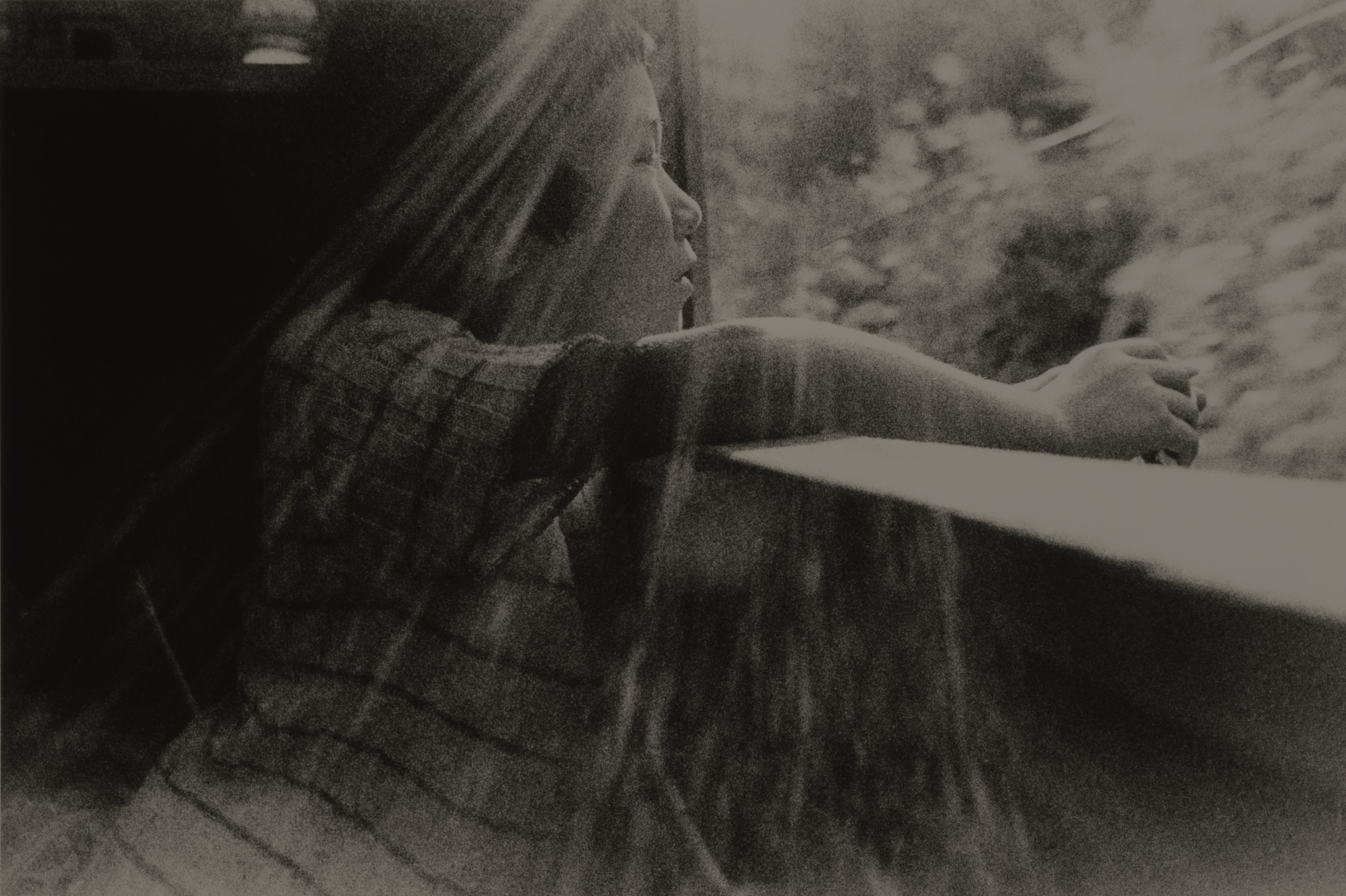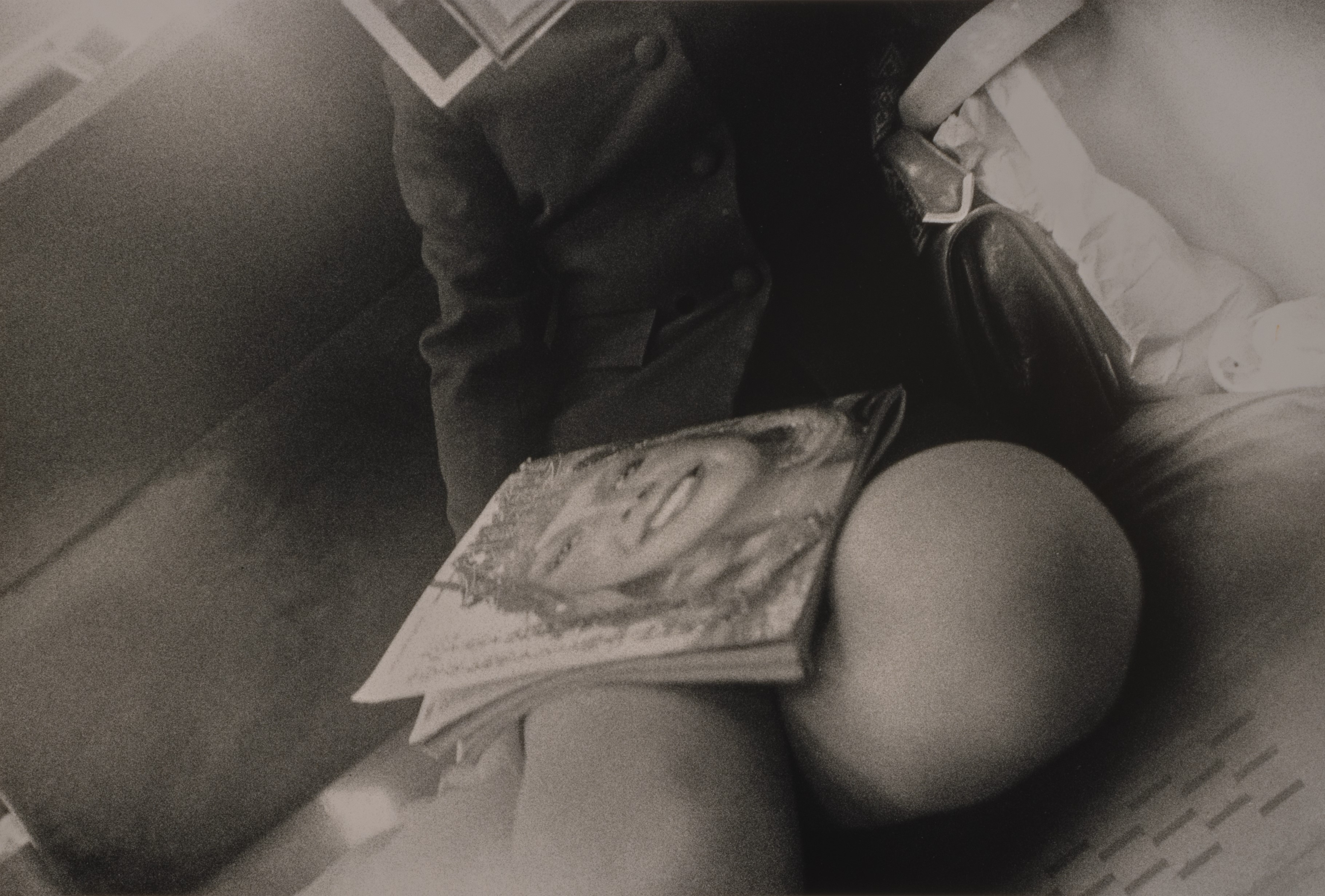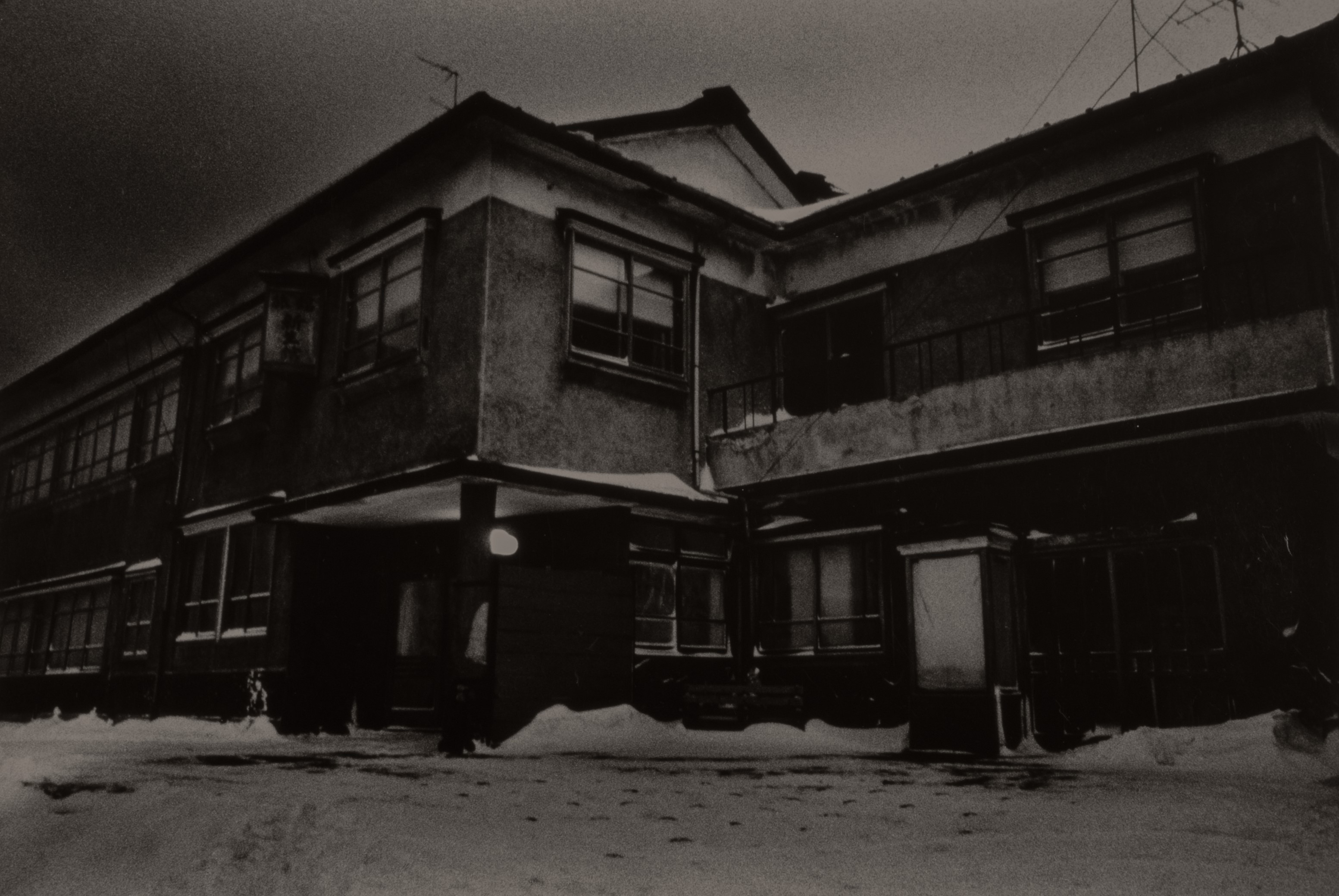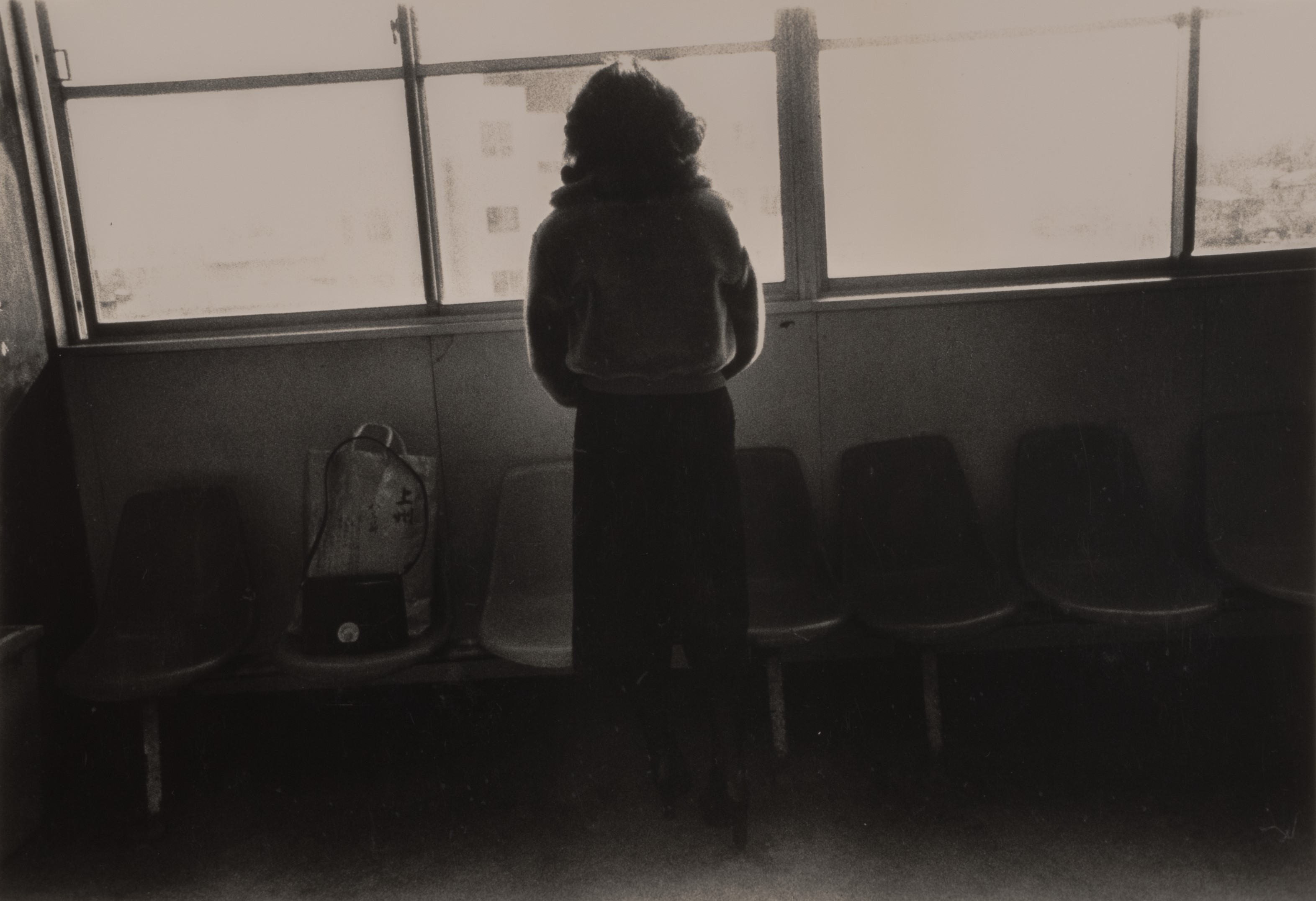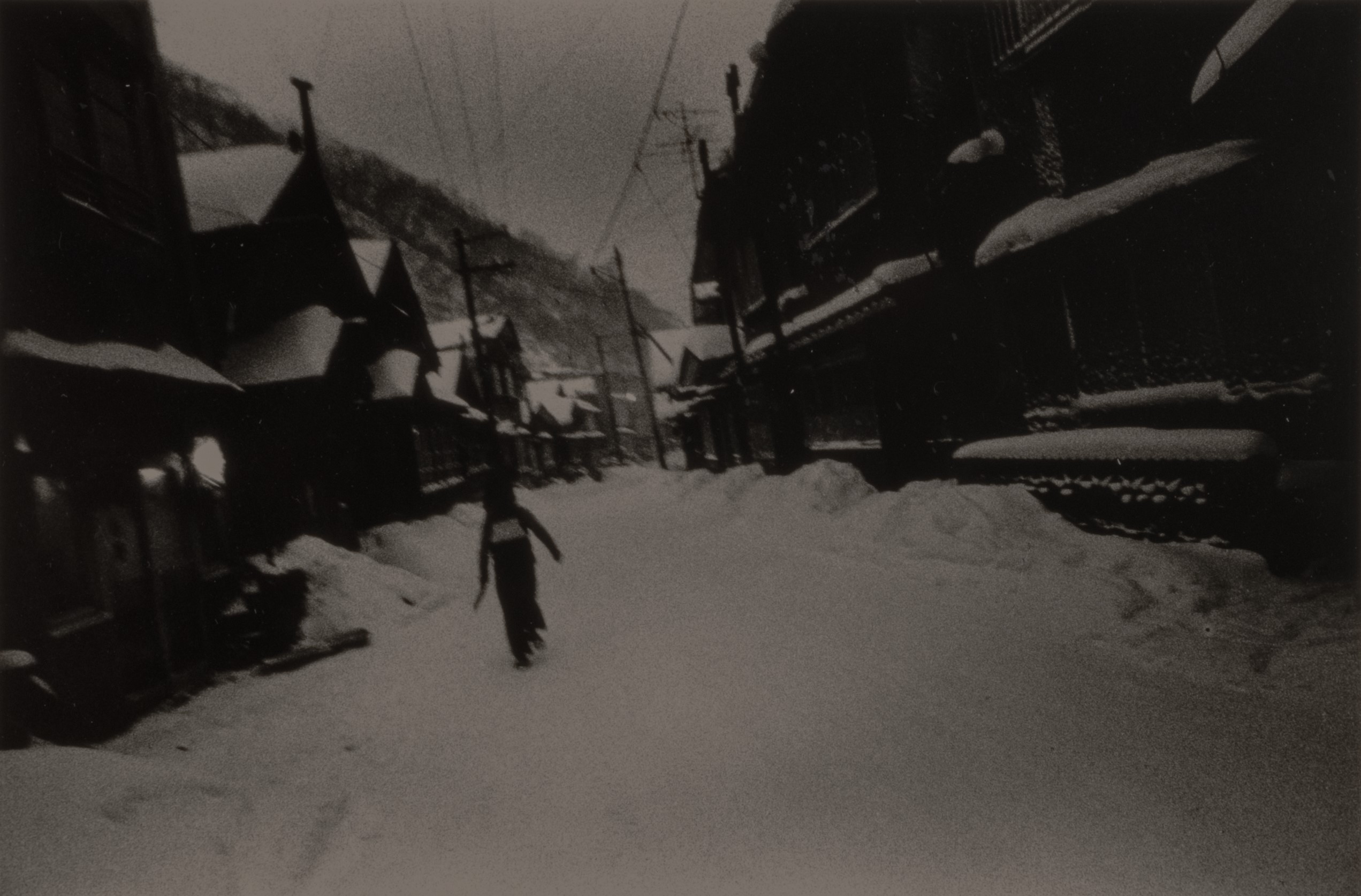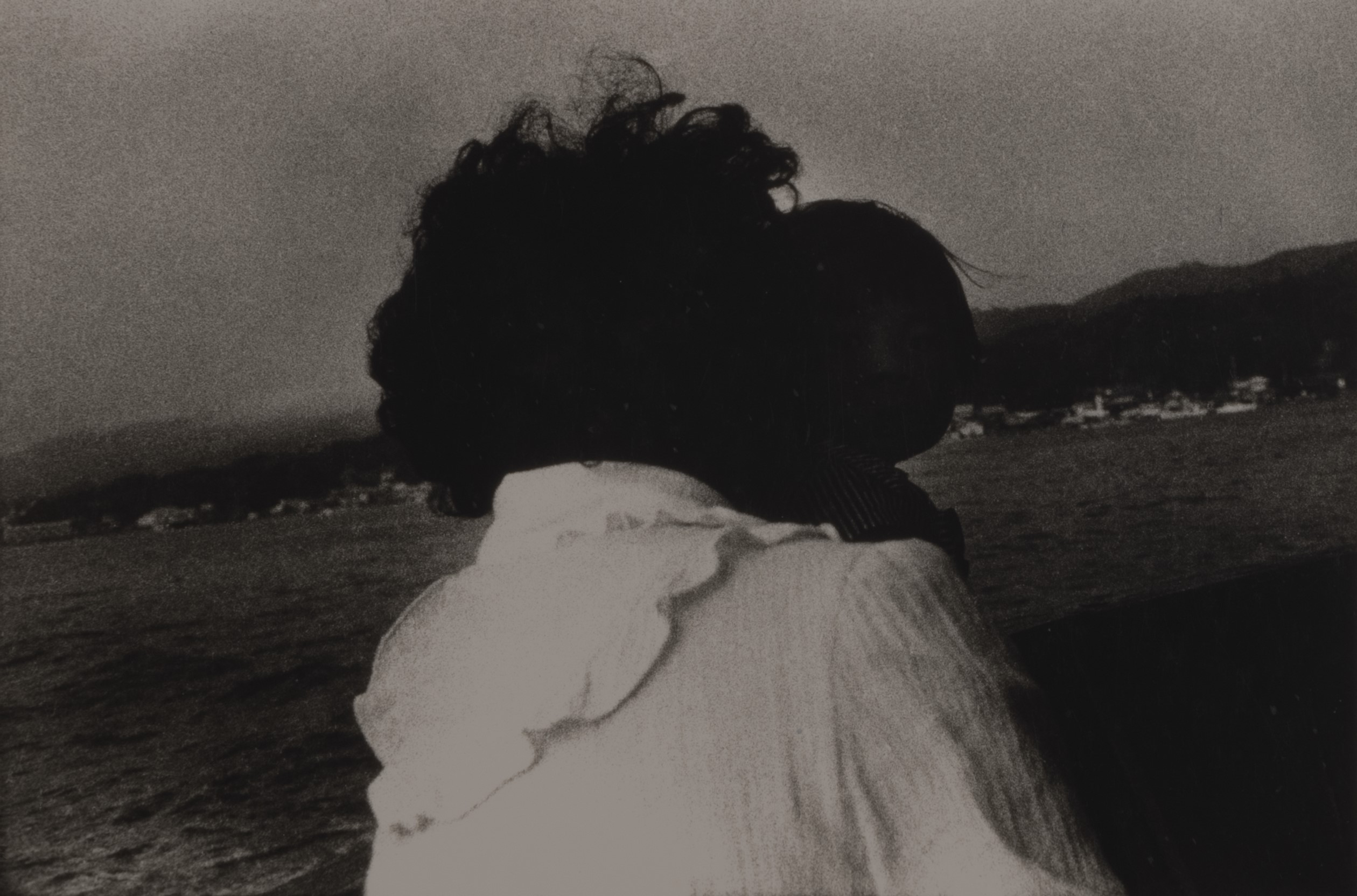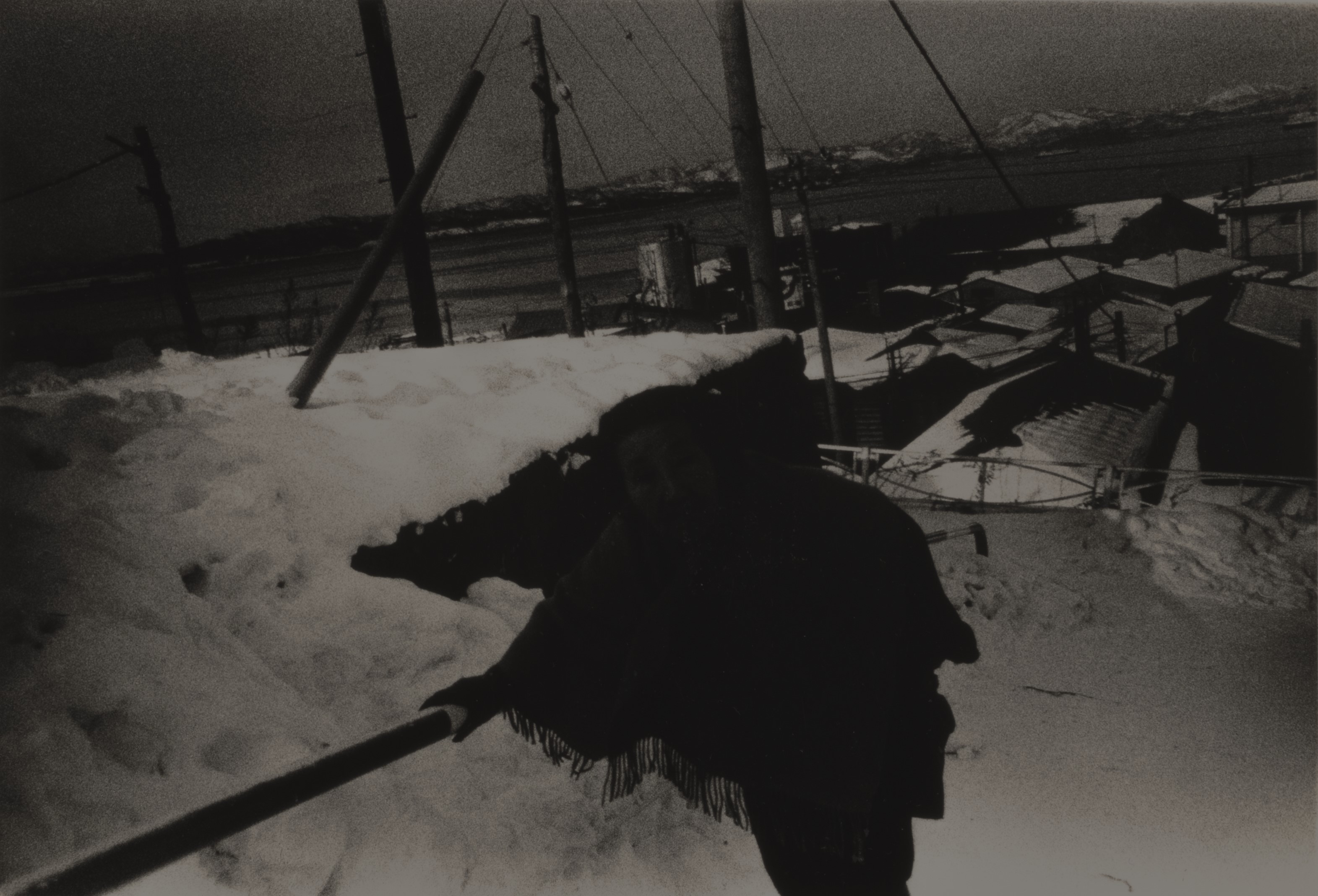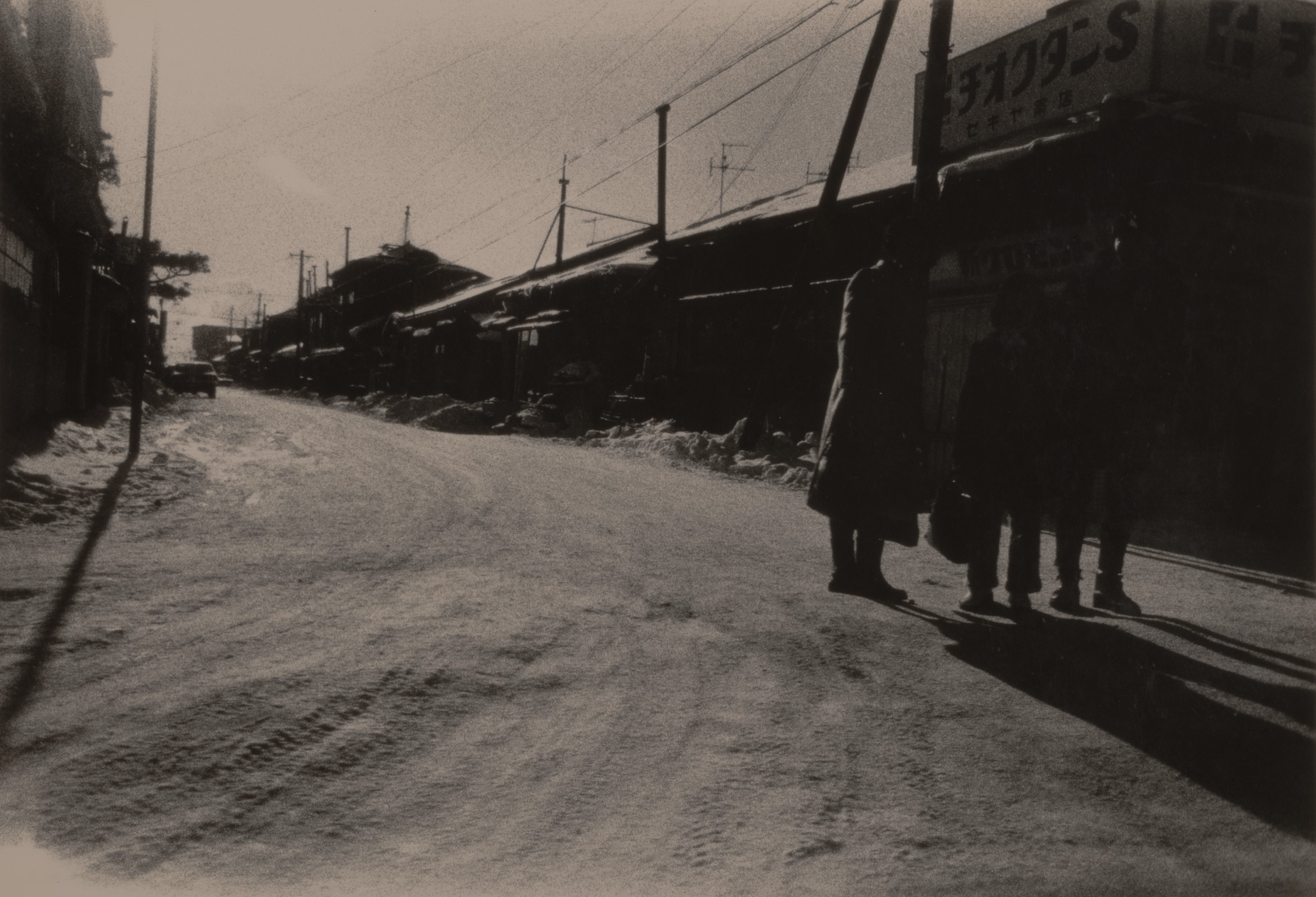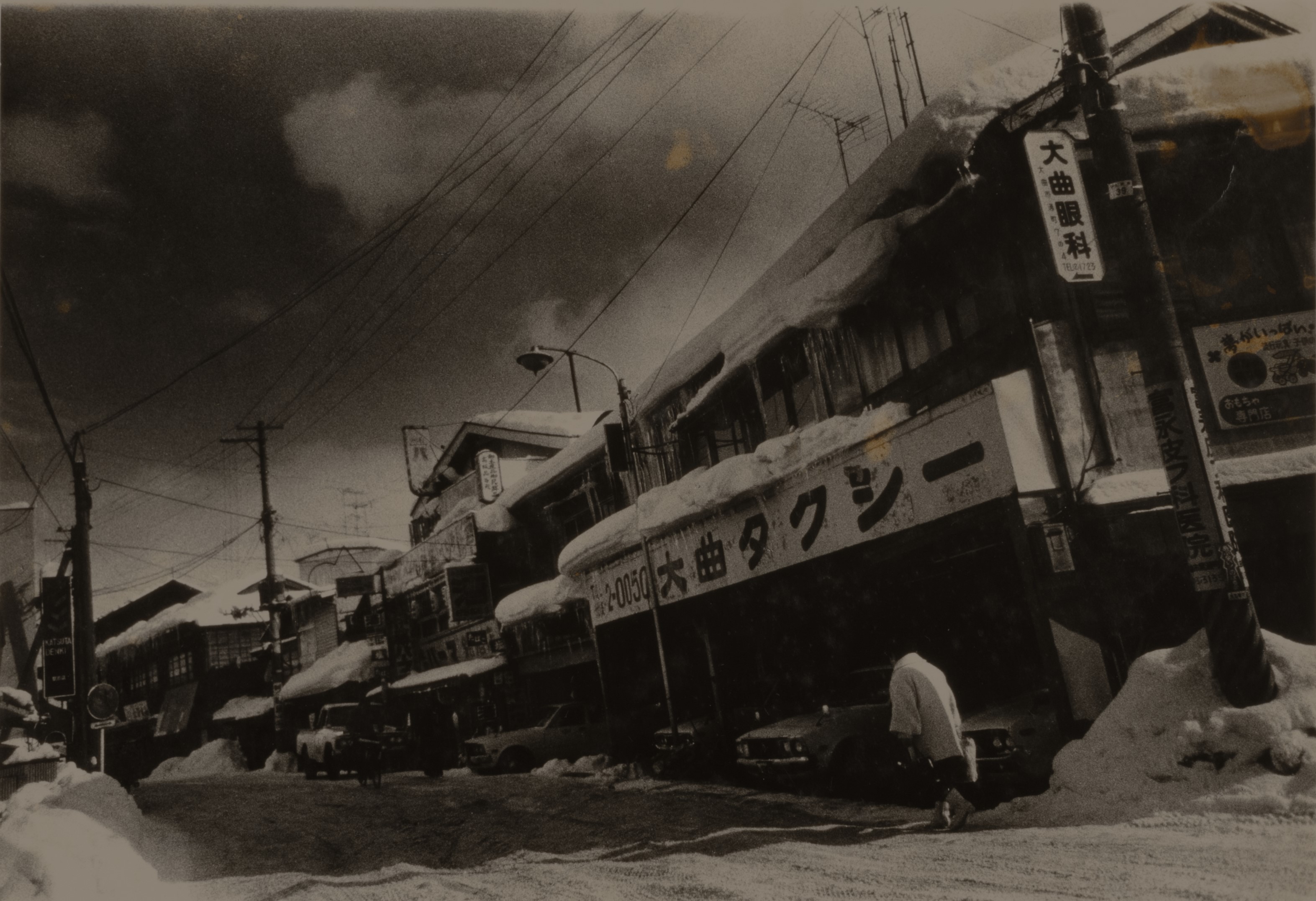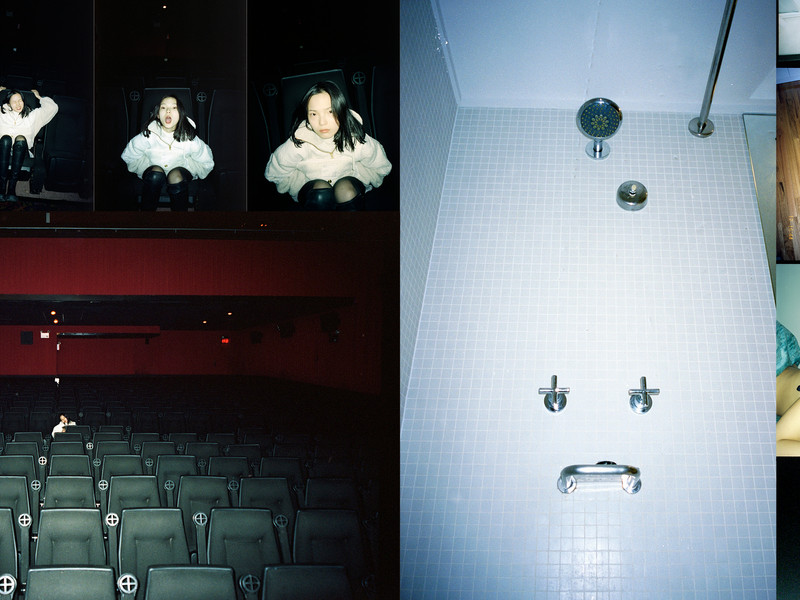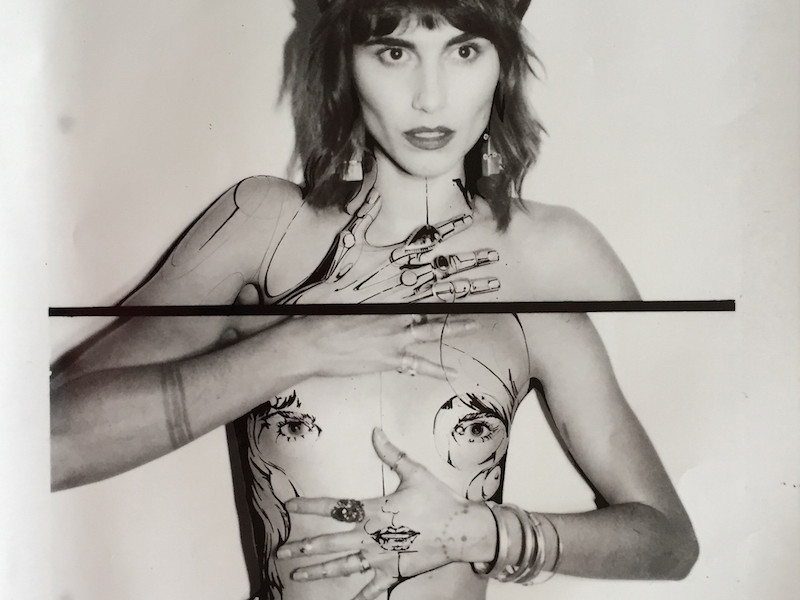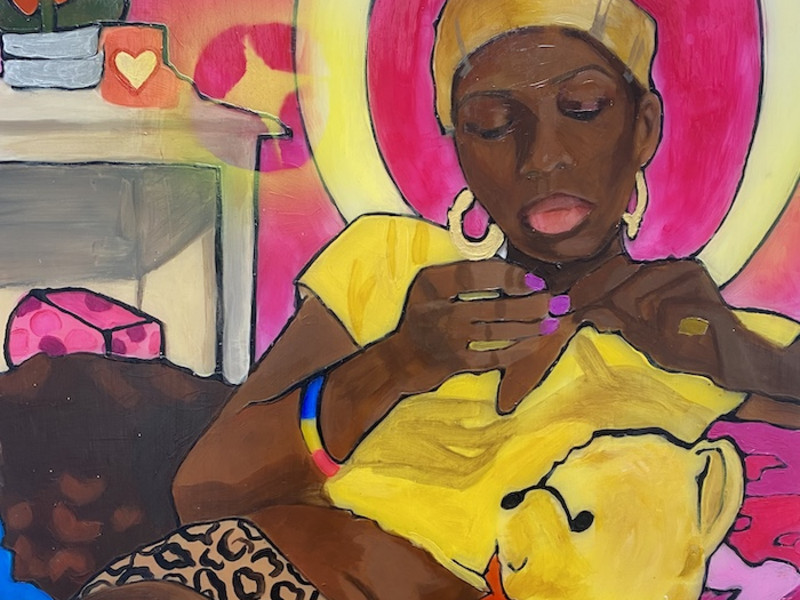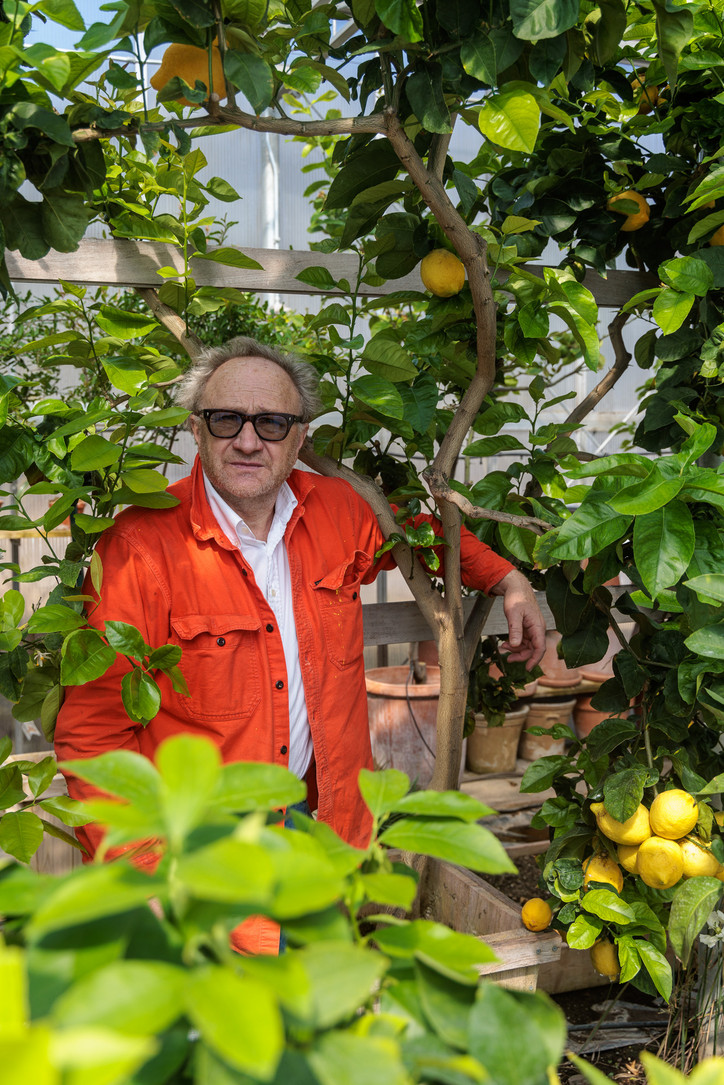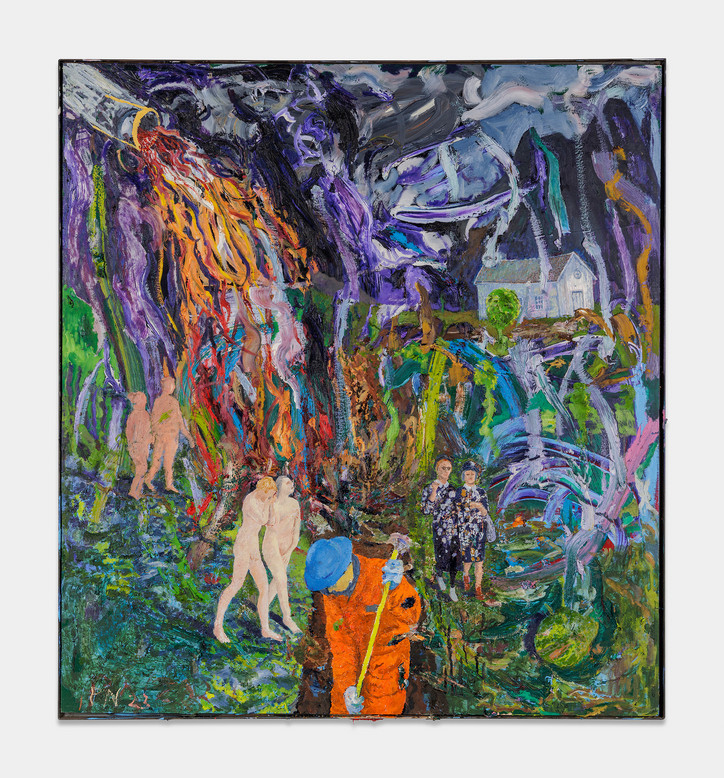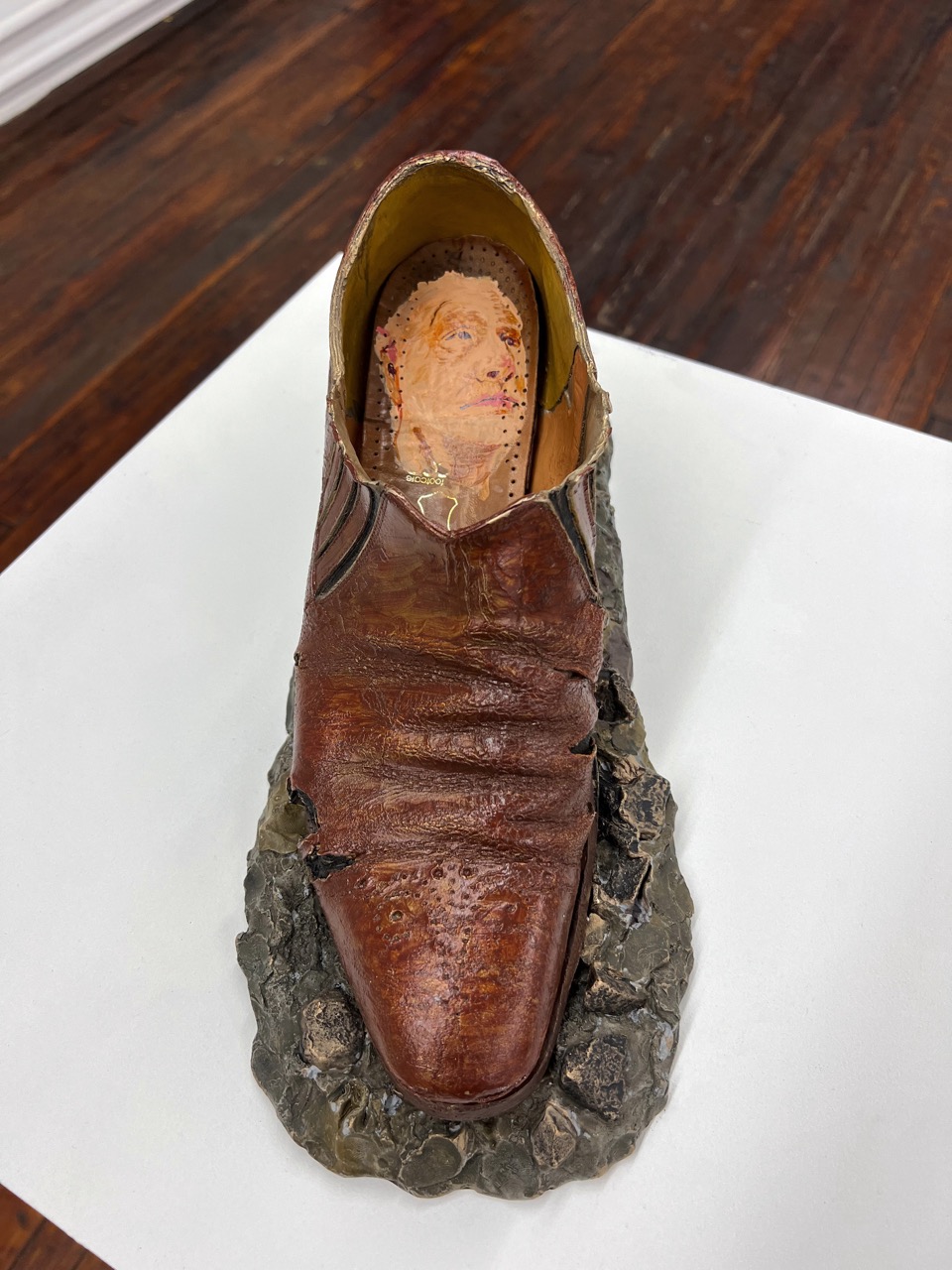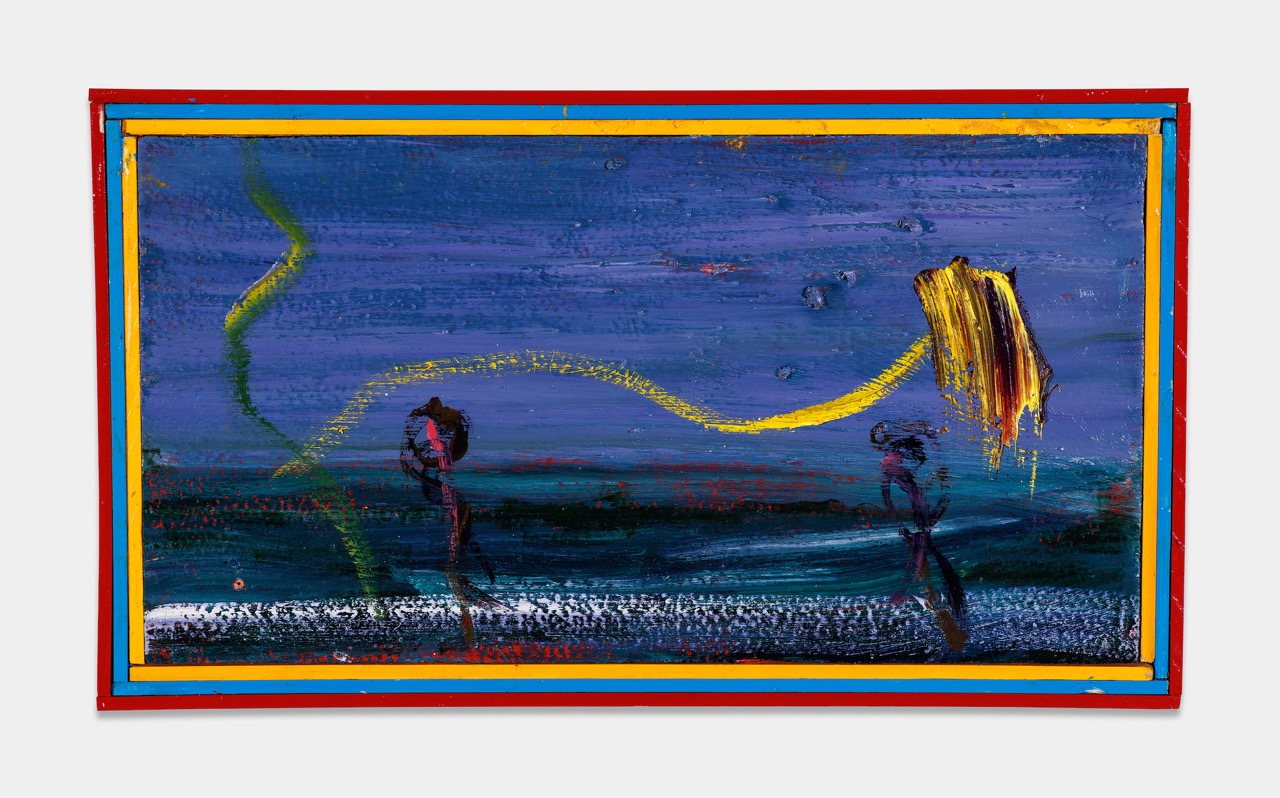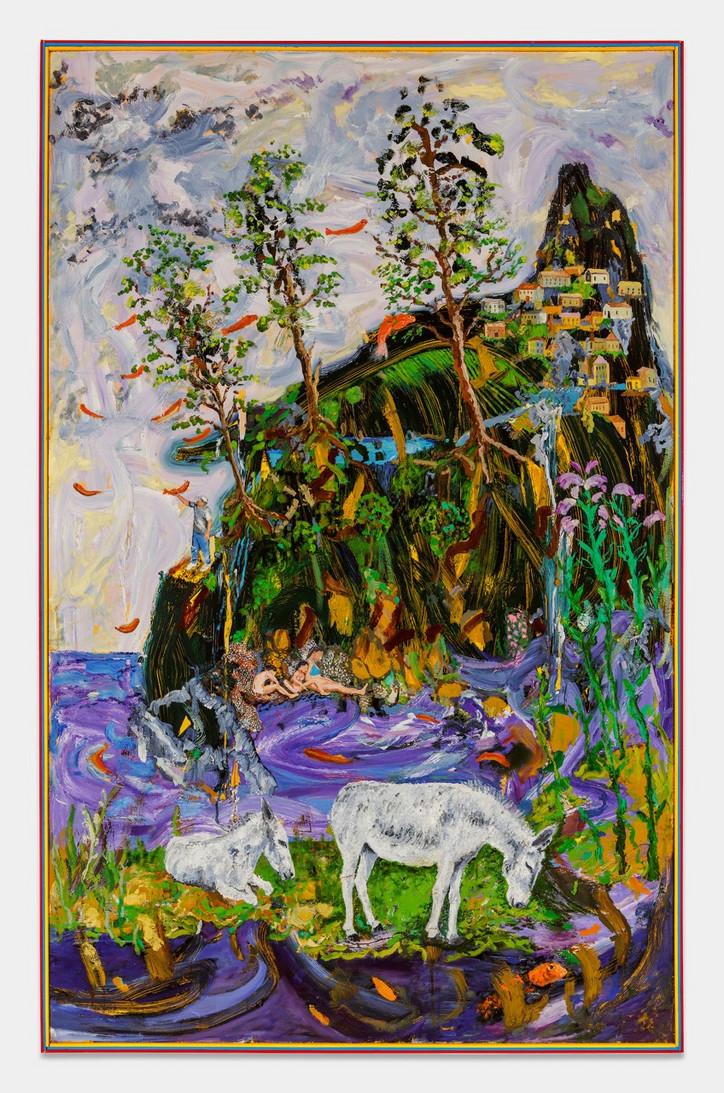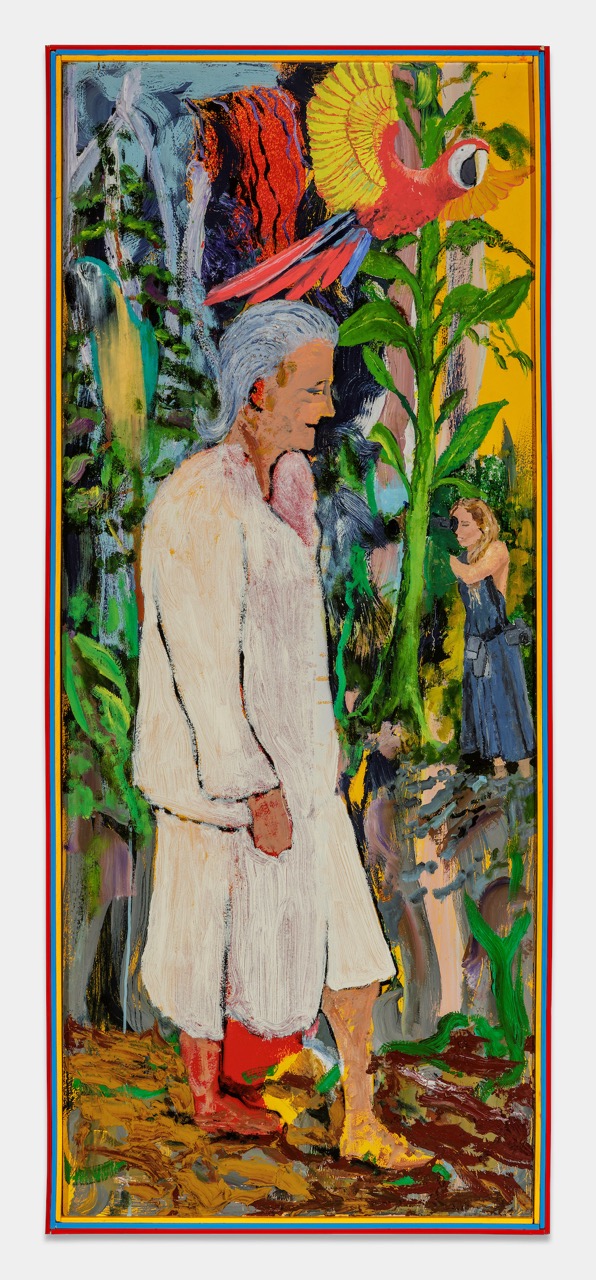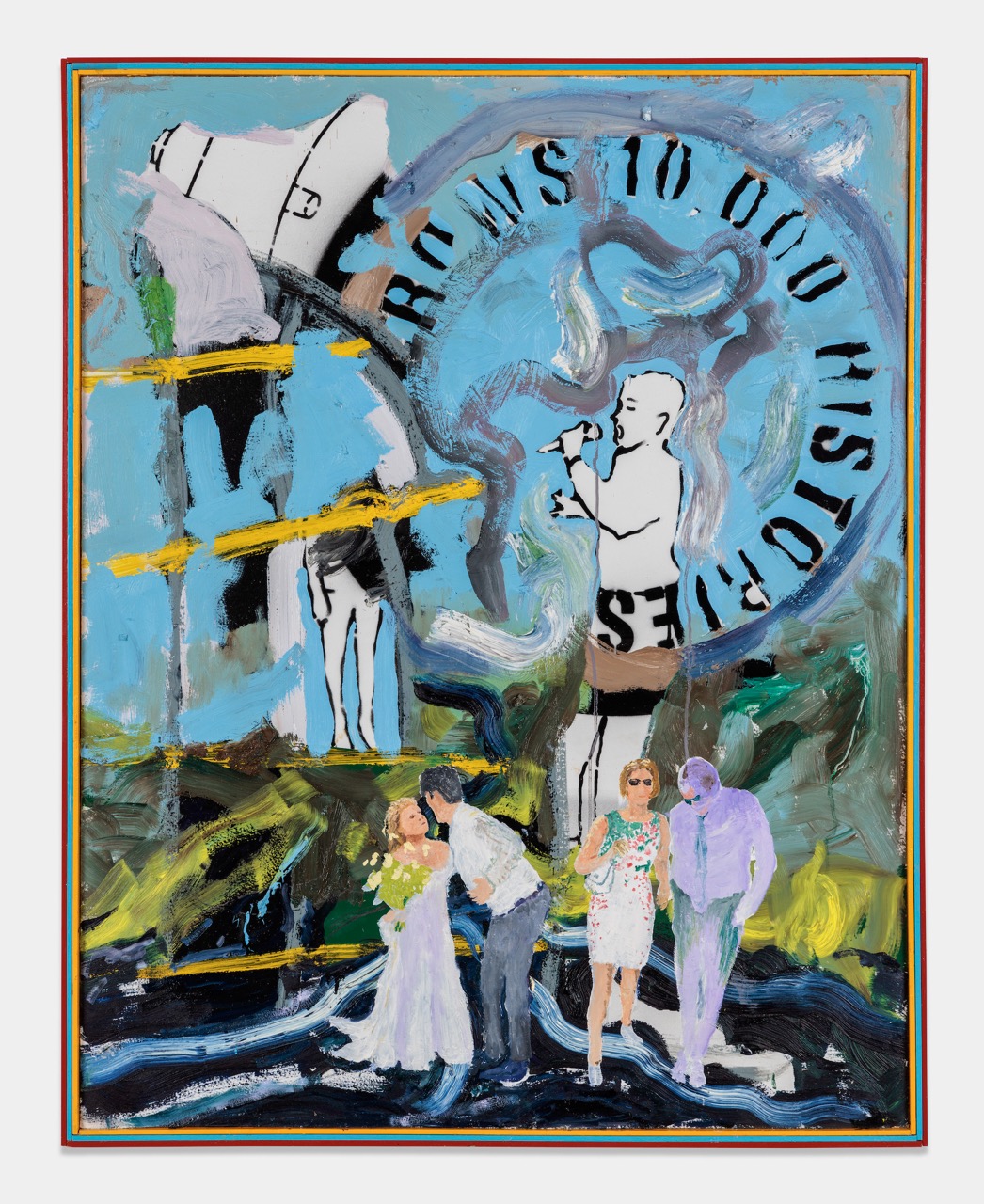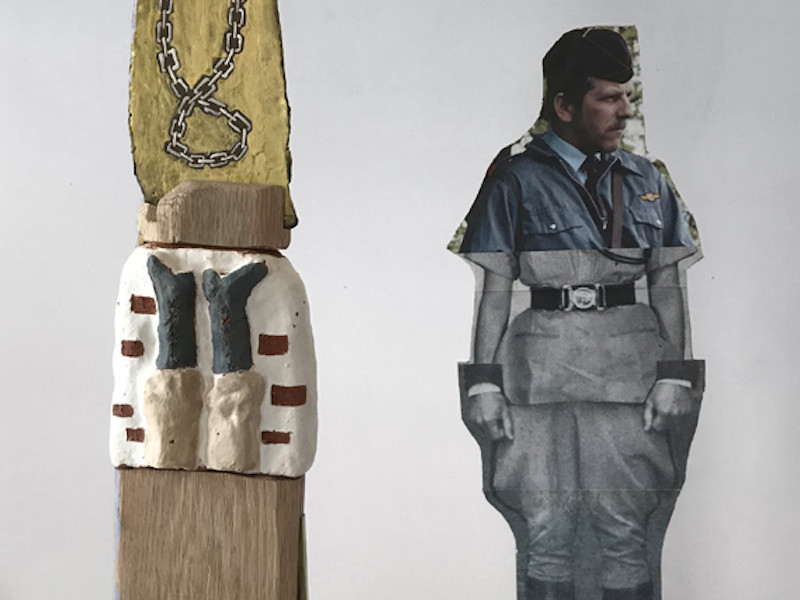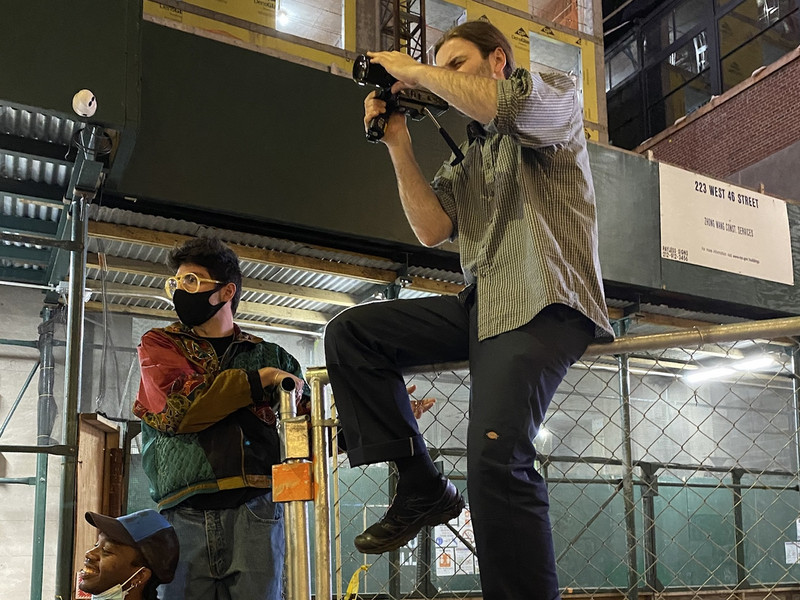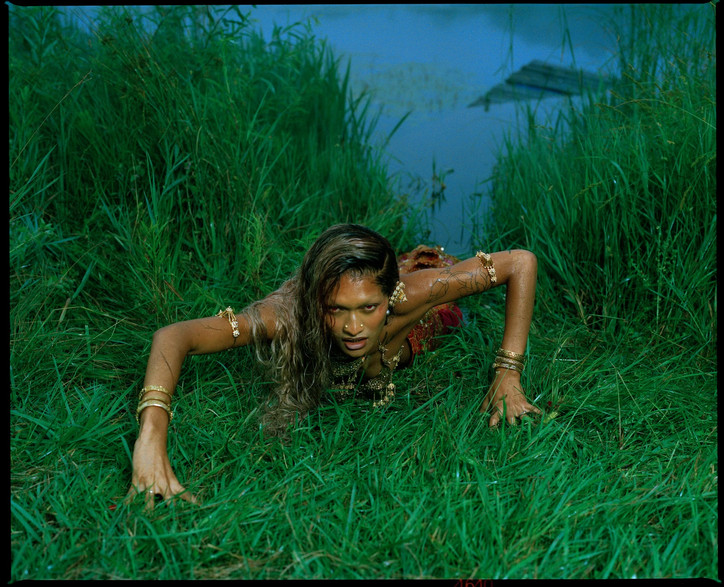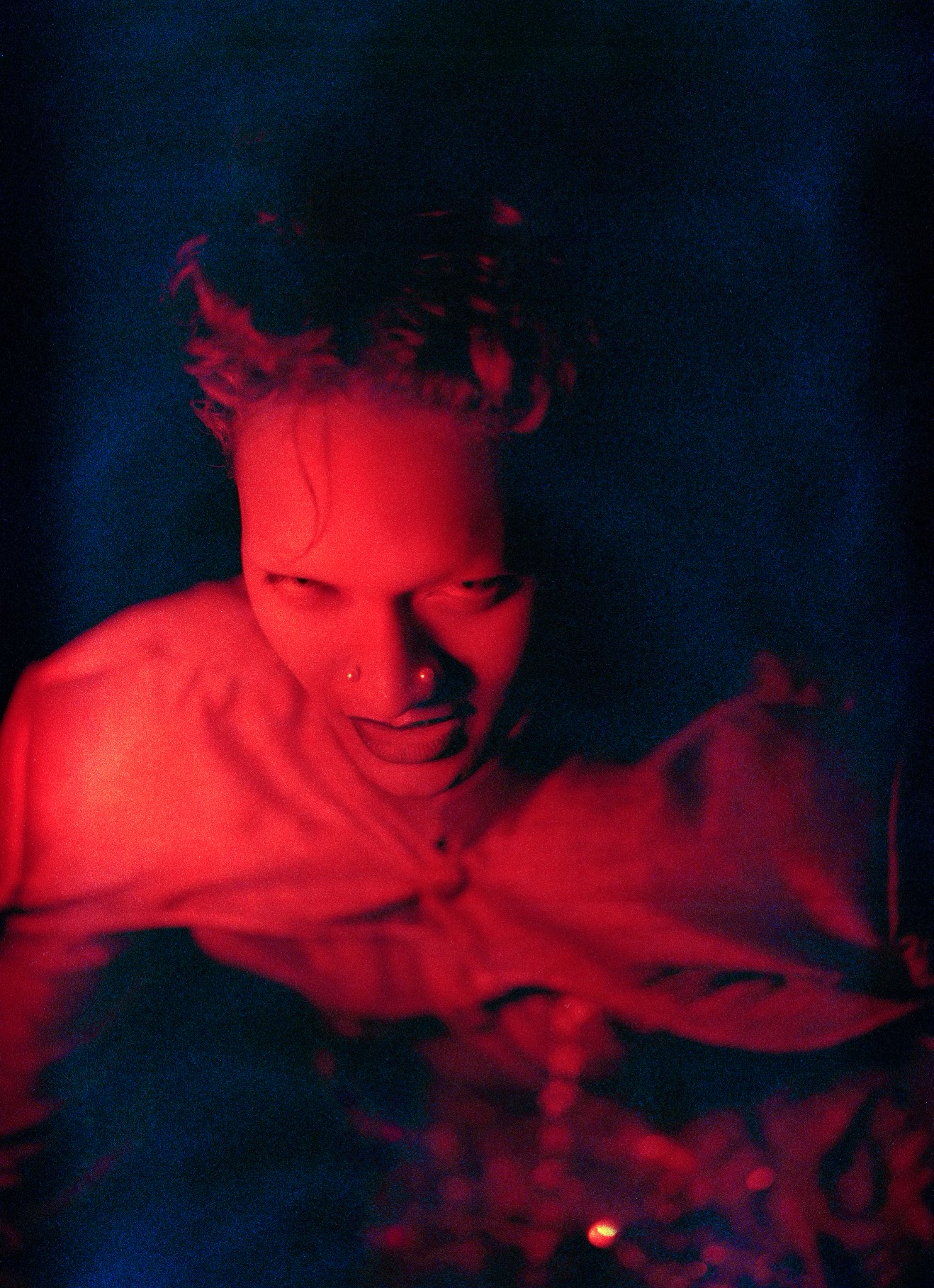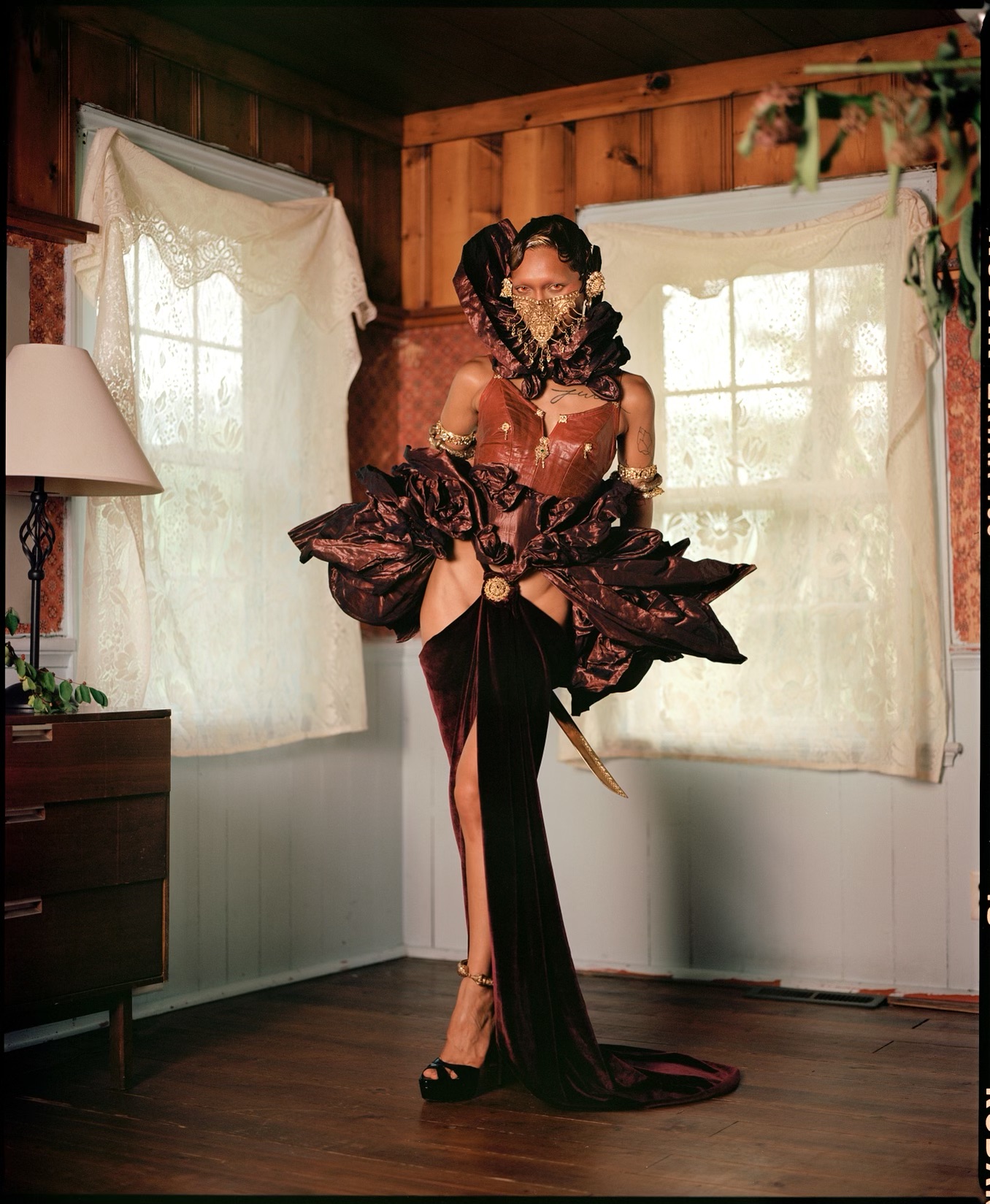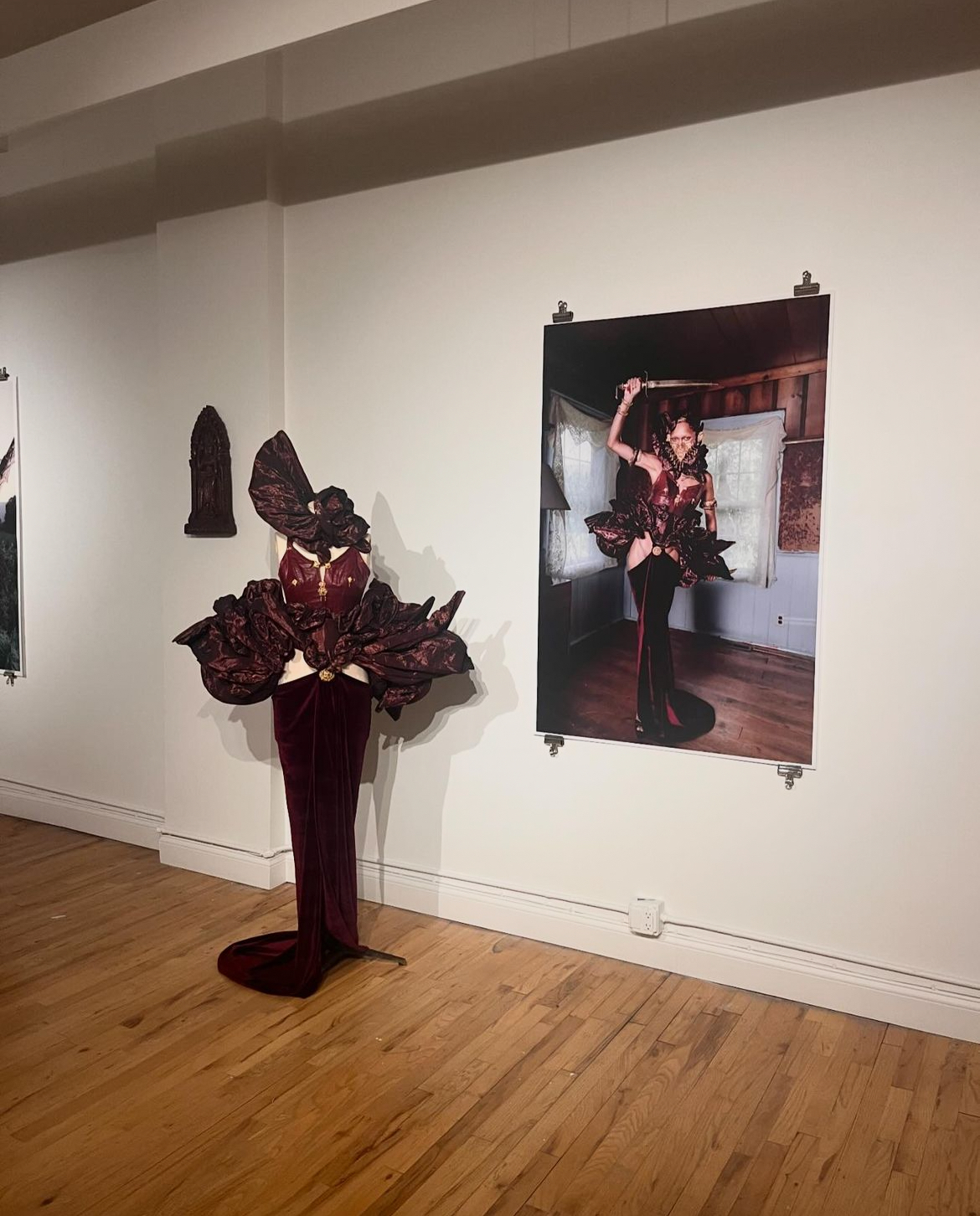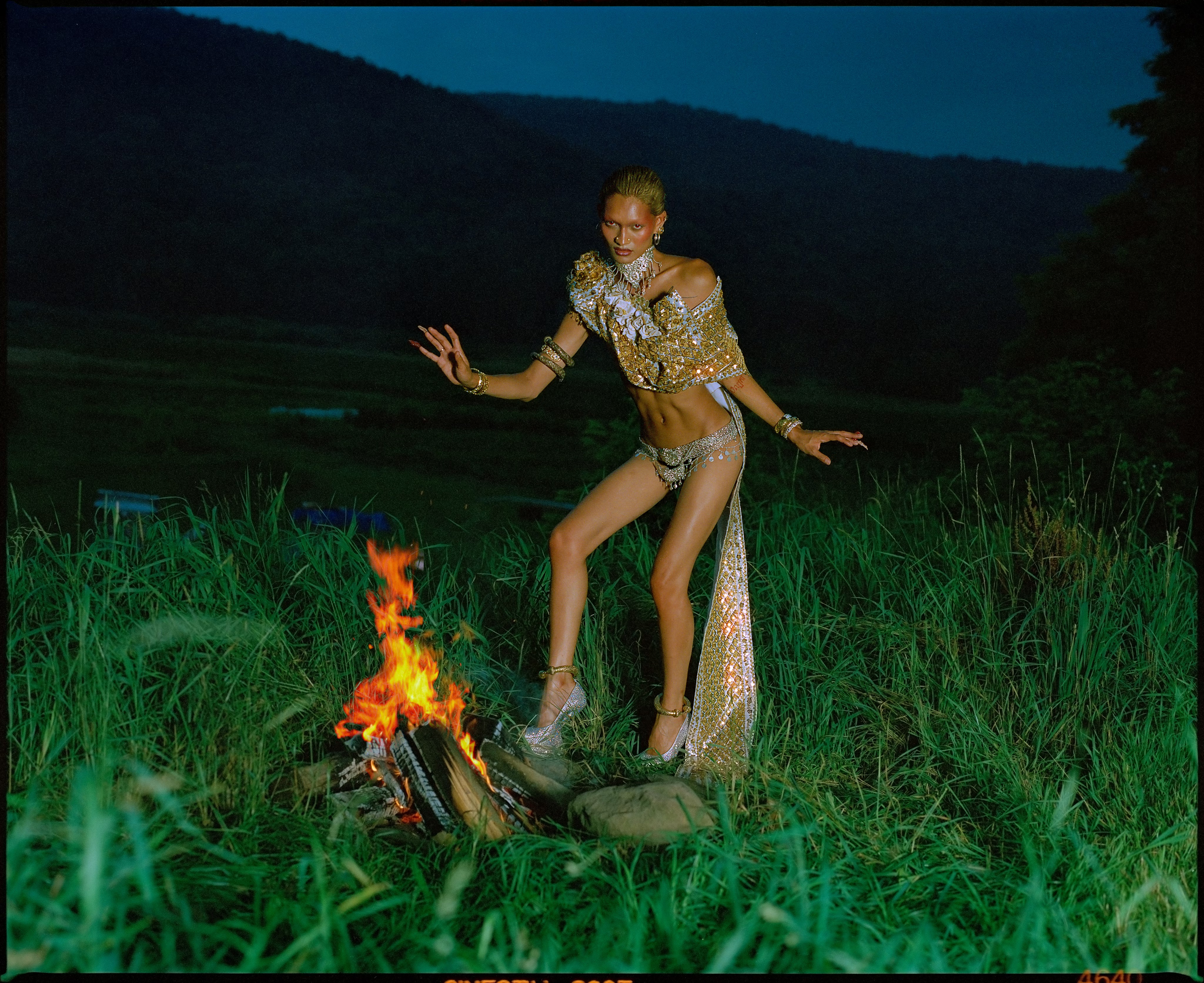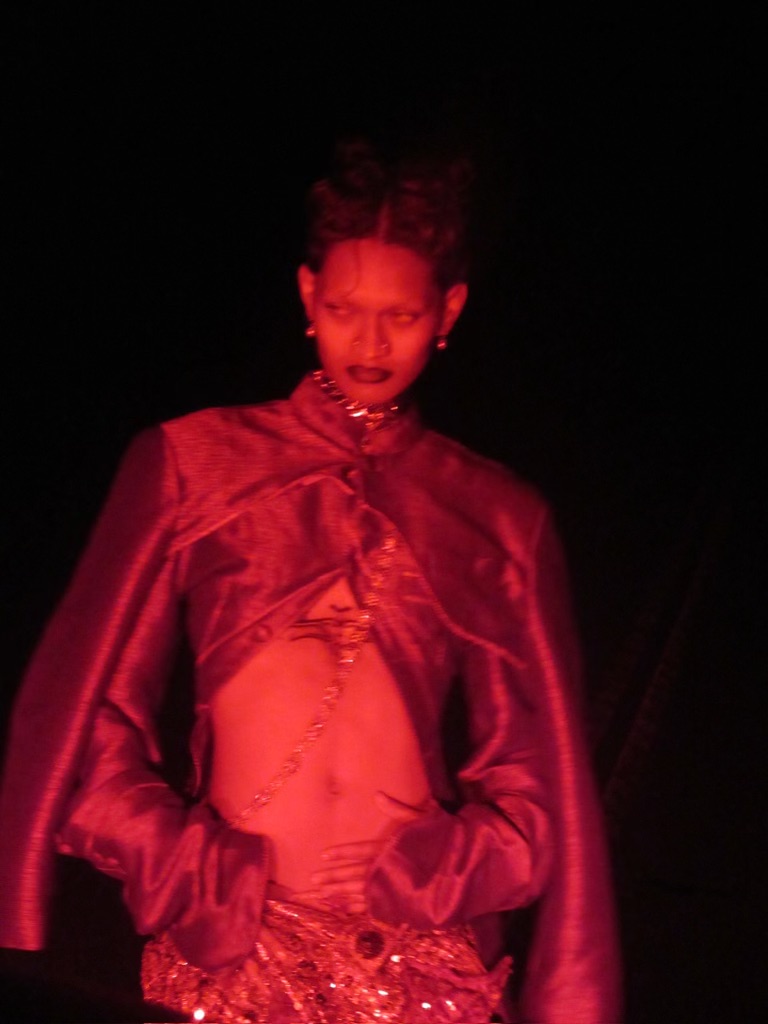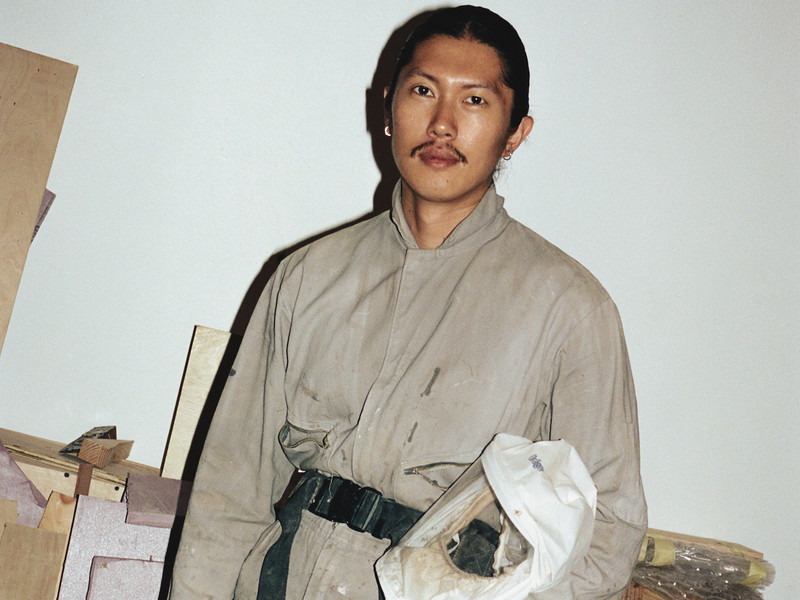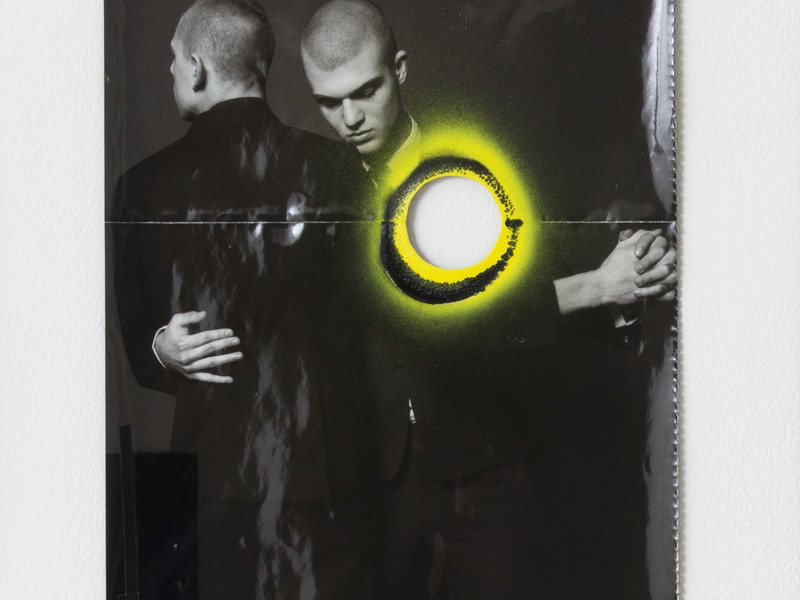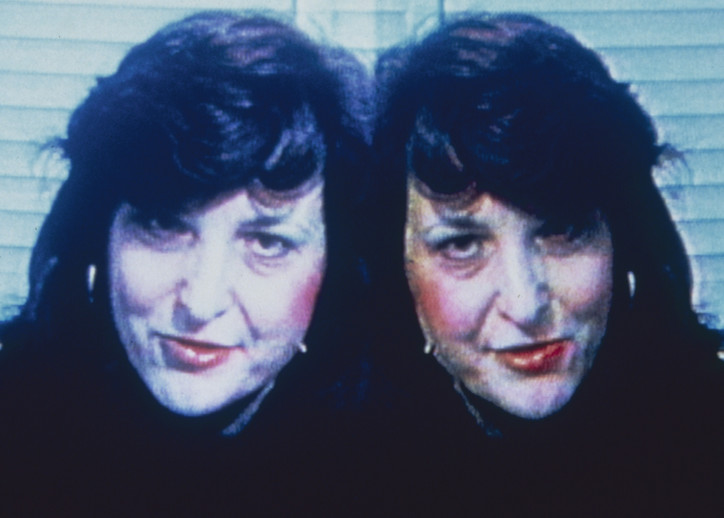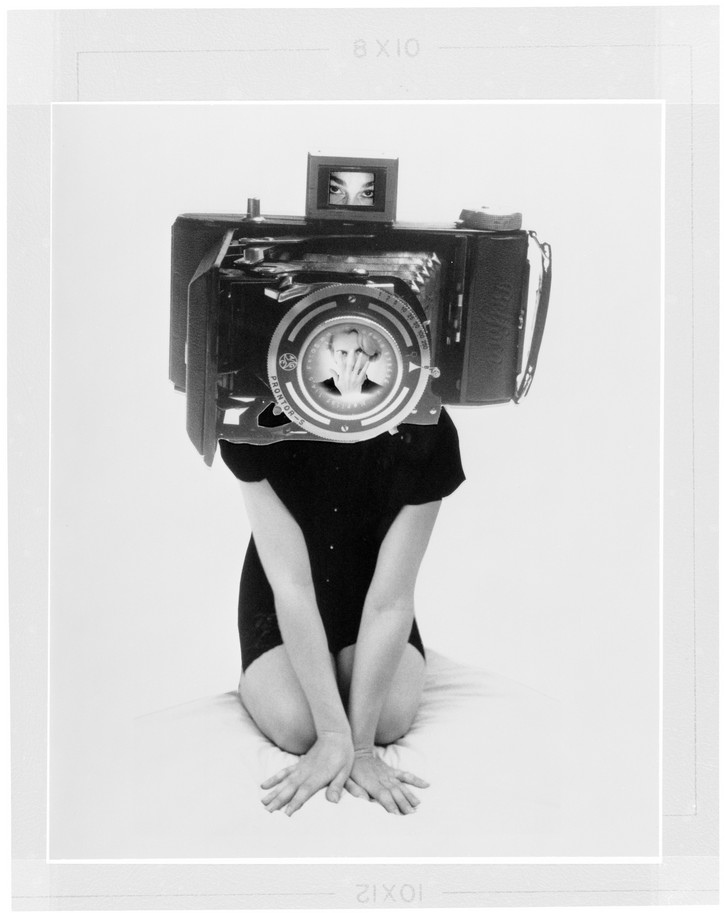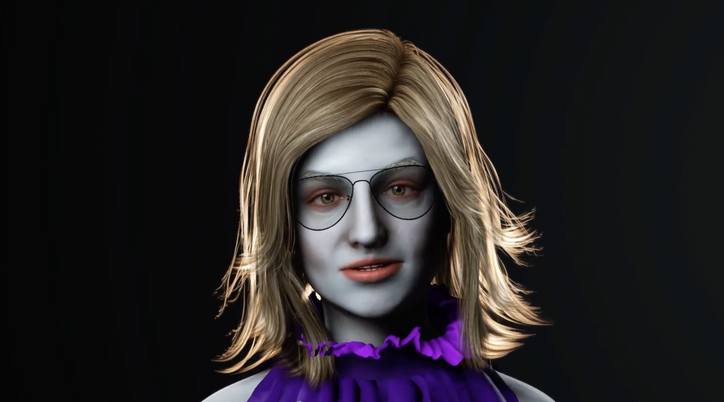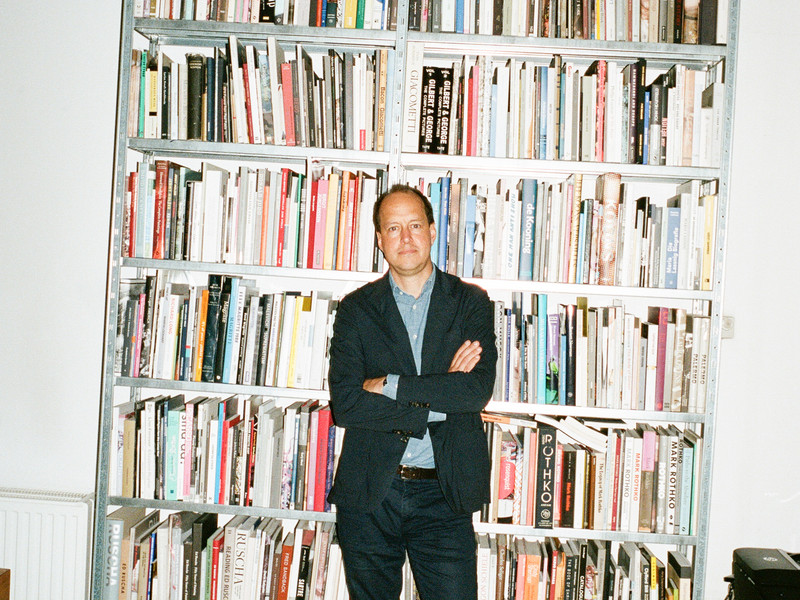Tamiko Nishimura's Sequence of Journeys
I had the opportunity to interview Nishimura during her visit to New York. As we strolled through Fort Greene Park in Brooklyn, hearing about her journey leading up to her debut solo exhibition in New York, I couldn't help but think of the words of minimalist artist Carmen Herrera, who broke through at the age of 89, and Swedish artist Hilma af Klint, who refrained from exhibiting her work for 20 years after her death.
Yes, in their worlds, delays occur and time often lags.
"There is a saying, 'If you wait for the bus, the bus will come.', I say yes, I waited almost a century for the bus to come, and it came." — Carmen Herrera
Such delays were of no consequence. They each continued to pursue their paths in their own way.
And so Carmen Herrera waited for the bus, Hilma af Klint calculated the time difference, and Tamiko Nishimura kept on her journey.
Eternal Chase (2012)
Tamiko Nishimura — I wonder if younger generations are interested in this type of photography.
Hiroko Maruyama — To be honest, on the opening reception day, I visited the Alison Bradley Projects gallery without knowing whose exhibition was being held there. As I looked at the artworks displayed in the gallery, I thought, "These photos resemble those from Japan's Provoke era." However, the more I looked, the more I felt that there was something completely different about them.
Upon reading the exhibition description, I learned that the artist is a Japanese photographer who graduated from the Tokyo College of Photography [now Tokyo Visual Arts] in 1969 and has been active ever since. The fact that these photos were taken from a female perspective, which was not often seen in the photography of that era, piqued my interest greatly. Fortunately, I had the chance to meet you in person at your exhibition, and I feel very honored to have had this opportunity.
In the 1990s, movements of female photographers emerged in Japan, but in the 1970s, it was an era when photography was openly regarded as the least suitable profession for women.
The Girly Photography movement emerged in Japan in the 1990s partly because lightweight and compact cameras were introduced during that era.
Right. This camera [Nikon F3 single-lens reflex 35 mm camera] weighs over a kilogram.
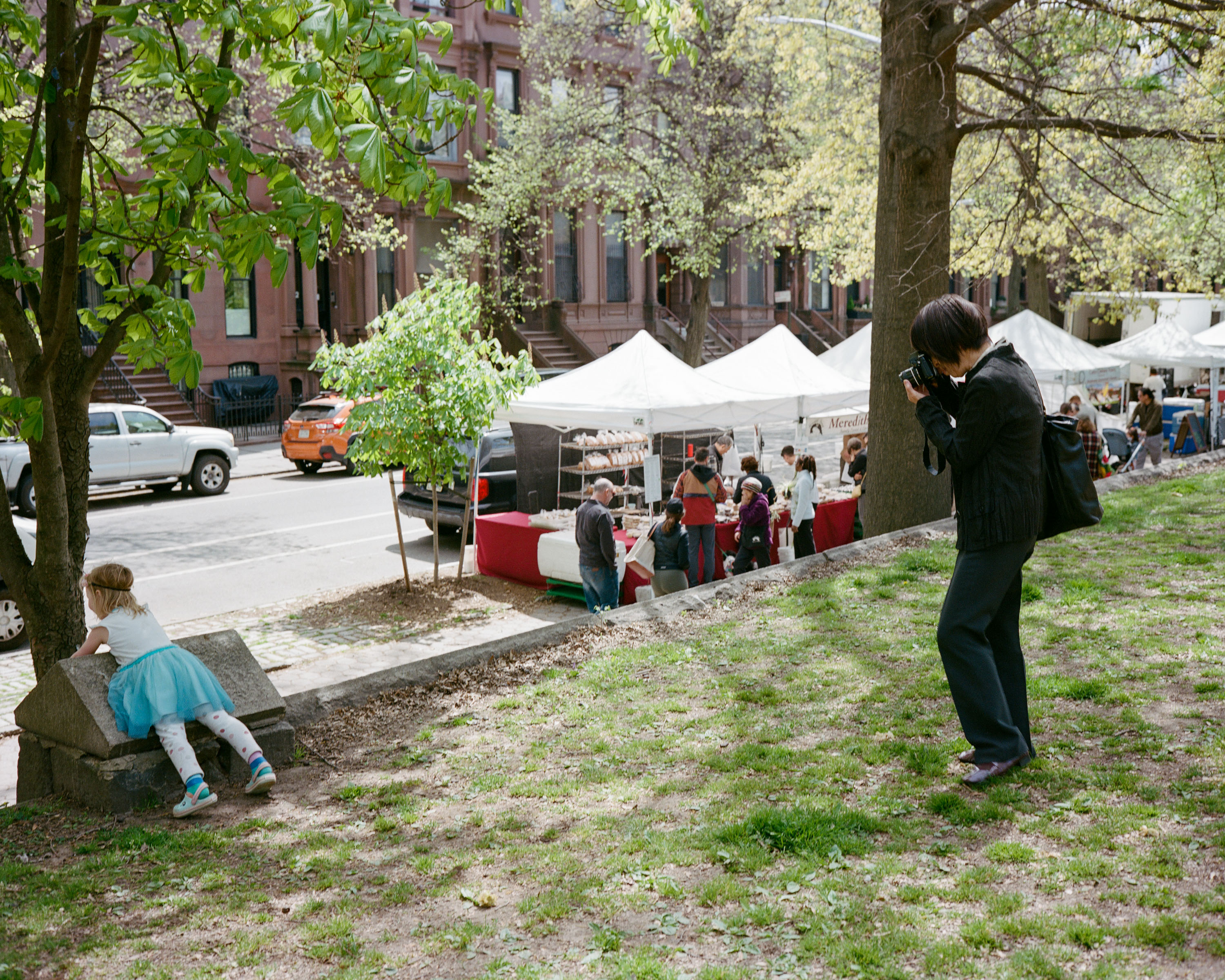
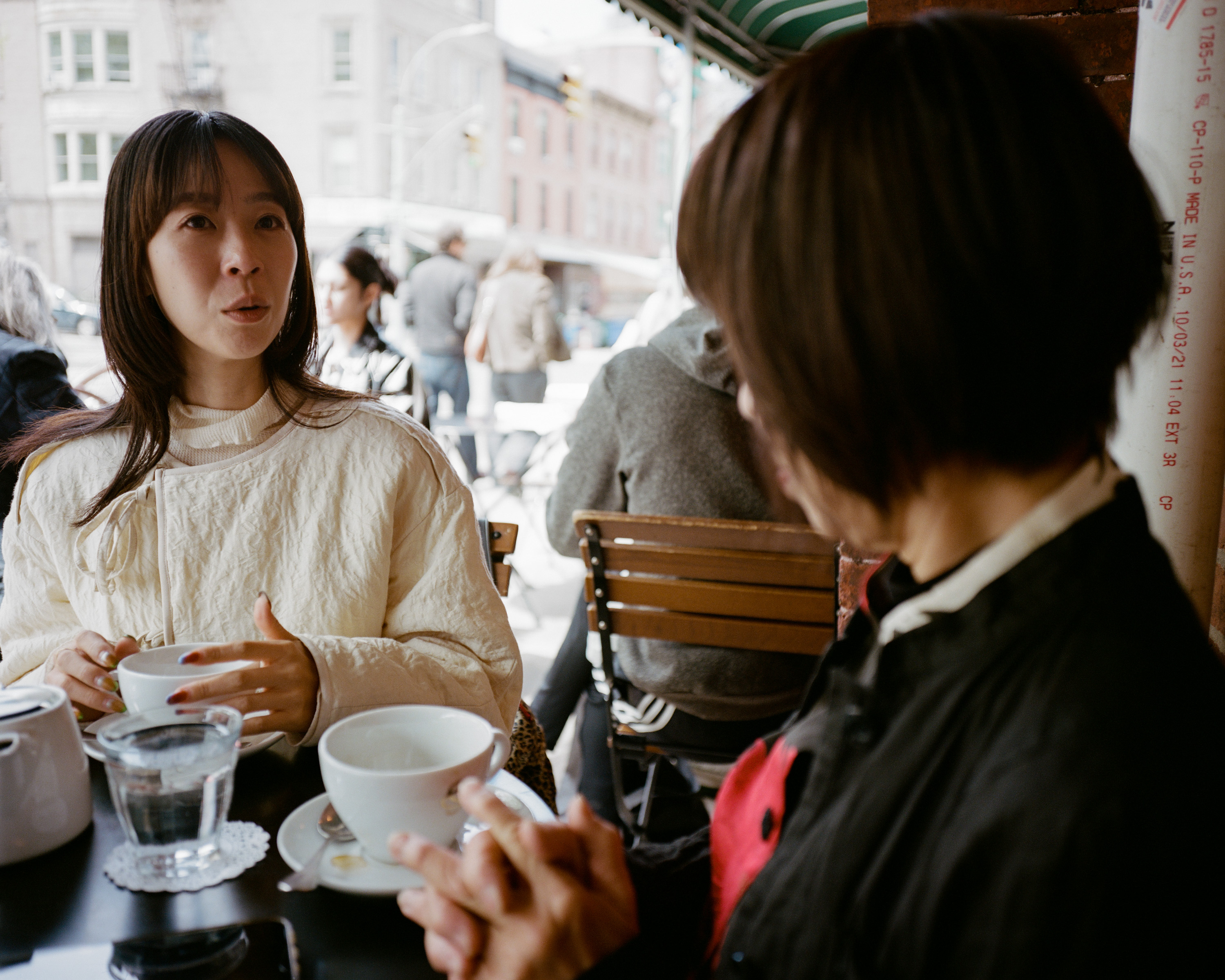
How did that first camera come into your life?
Growing up, my father was into photography as a hobby. Our house had an environment where several cameras were lined up on top of the dresser. He had motion film cameras like 8 mm and 9.5 mm back then. I still have footage he shot with those formats. With cameras always around, taking photos didn't feel like a big deal to me.
What kind of moments do you usually capture with your camera?
It's about encounters, you know, between the subject and yourself.
All the experiences you’ve had since you were born, including the ones you have forgotten. It is through these experiences that you’ve become who you are. Like when that version of yourself meets the world, you know? When you see someone's profile and find a nice angle or something. When the light hits them just right, without even thinking — you feel it and capture it. Those encounters are shaped by what you have cultivated, and you shoot with your own intention.
Your works often feature photos taken during your travels. Do you find more encounters as you travel around?
When you're traveling, you completely forget about any ties or obligations, right? Because you're only focused on exploring a new world — I think I enjoy that sensation. I frequently set off on journeys, work part-time to save money, then travel again, take photos, print them, bring them to the editorial offices of photography magazines, get them published, and then use the fees I receive to travel once more. It's a cycle.
In this exhibition, I'm also displaying magazines from that time that featured my work. About 90% of my photography trips are solo endeavors. Photography is something I do intensely on my own.
Smart. I respect you for how you've already set up this whole organic cycle within society, even though you started on your own.
Thank you. But back then, I was just a girl, you know? I nervously cold-called the magazine Camera Mainichi, saying, "I'd like you to see my photos." Then they said, "Come in such and such day at such and such time." I brought my prints, and the editor-in-chief flipped through them like shuffling cards. They would say, "We'll keep your work," and then I would hear back from them when my work was decided to publish. I continued in this manner.
Editors like Syoji Yamagishi, the editor-in-chief of Camera Mainichi, and Mr.Kōno, who was the editor-in-chief of Nippon Camera, were instrumental in understanding my photography. Their conformations affirmed my sensibility of capturing my idea of "encounters."
I think their support was crucial. Mr. Yamagishi was one of the top editors in Japan and was known for discovering photographers like Daido Moriyama and Kishin Shinoyama.
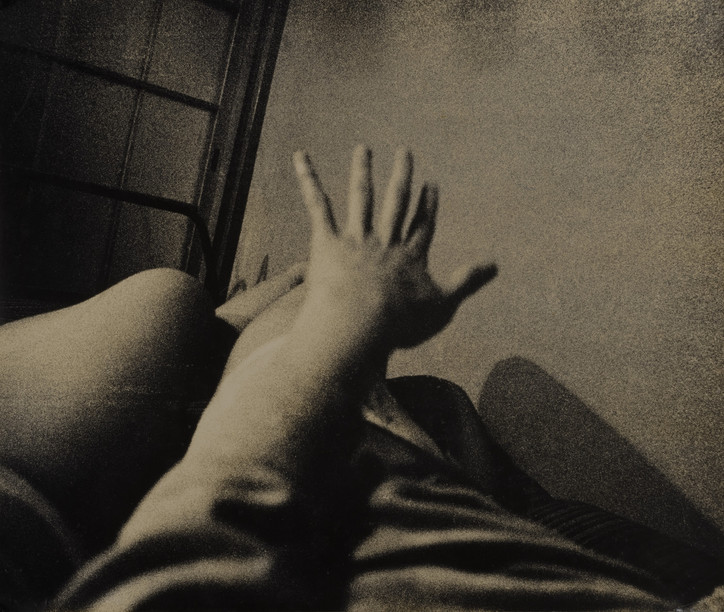

Kittenish... (2015)
I saw the artwork series Neko ga ... (Kittenish ... ), which was first unveiled on the pages of Nippon Camera Magazine in 1970. I found the photographs to have a rough texture and realized the image depicted women photographed at close range.
What struck me was the perspective, which was completely different from what is known as the so-called Shi-Syashin movement of the 1970s in Japan.
When I thought about why, I realized that I didn't sense a male gaze in this photograph. As the title suggests, the image felt like it had the perspective of a cat, in a room looking at the subject, with the shutter clicking every time the cat blinked. Your exhibition was a pleasant encounter, and I am glad that my preconceived notions of Shi-syashin-era photographers that I had before seeing your work have been removed.
Have you heard of the 35mm half-size camera? It's called the Olympus Pen Half Frame. You can take about 70 shots with 35 mm film. That's why the texture looks even rougher.
The editor-in-chief of Camera Mainichi, Mr. Shoji Yamagishi called me and said they were going to feature four or five female photographers. They needed some photos. I thought about bringing some travel photos, but then I thought it might not be that interesting. Since a friend happened to be visiting me, I spent two or three hours snapping away and brought those instead.
The editor-in-chief saw my series Neko ga ... (Kittenish ... ), and his first words were, "Tamiko Nishimura has brought back some naughty photos."
Since I had been showing mainly travel photos, I don't think he expected me to come back with such a series.
Haha. I like the series.
Thank you. Since I was short on time until the deadline, I shot the photos, developed and printed them in the darkroom immediately, and then took them to the editorial office.
I use Kodak Tri-X film, and I still develop the film myself in the darkroom. While I sometimes shoot with color film, I've been using Tri-X film for fifty years when shooting in black and white.
Why do you prefer using Tri-X film?
I like this film because it has a strong contrast between black and white.
I see. I've heard that you use high-temperature development and long-exposure techniques to enhance the contrast in your images. This film is an indispensable element in your artistic expression, isn't it? What's the story behind this exhibition? How did it come about?
Alison, the gallerist at Alison Bradley Projects gallery, reached out to me after seeing my first photo book, Shikishima.
I was 23 when I published my first book, and I didn't have much knowledge about promoting my work, so there wasn't much response at the time. It's only after some time has passed that I feel Shikishima has been appreciated.
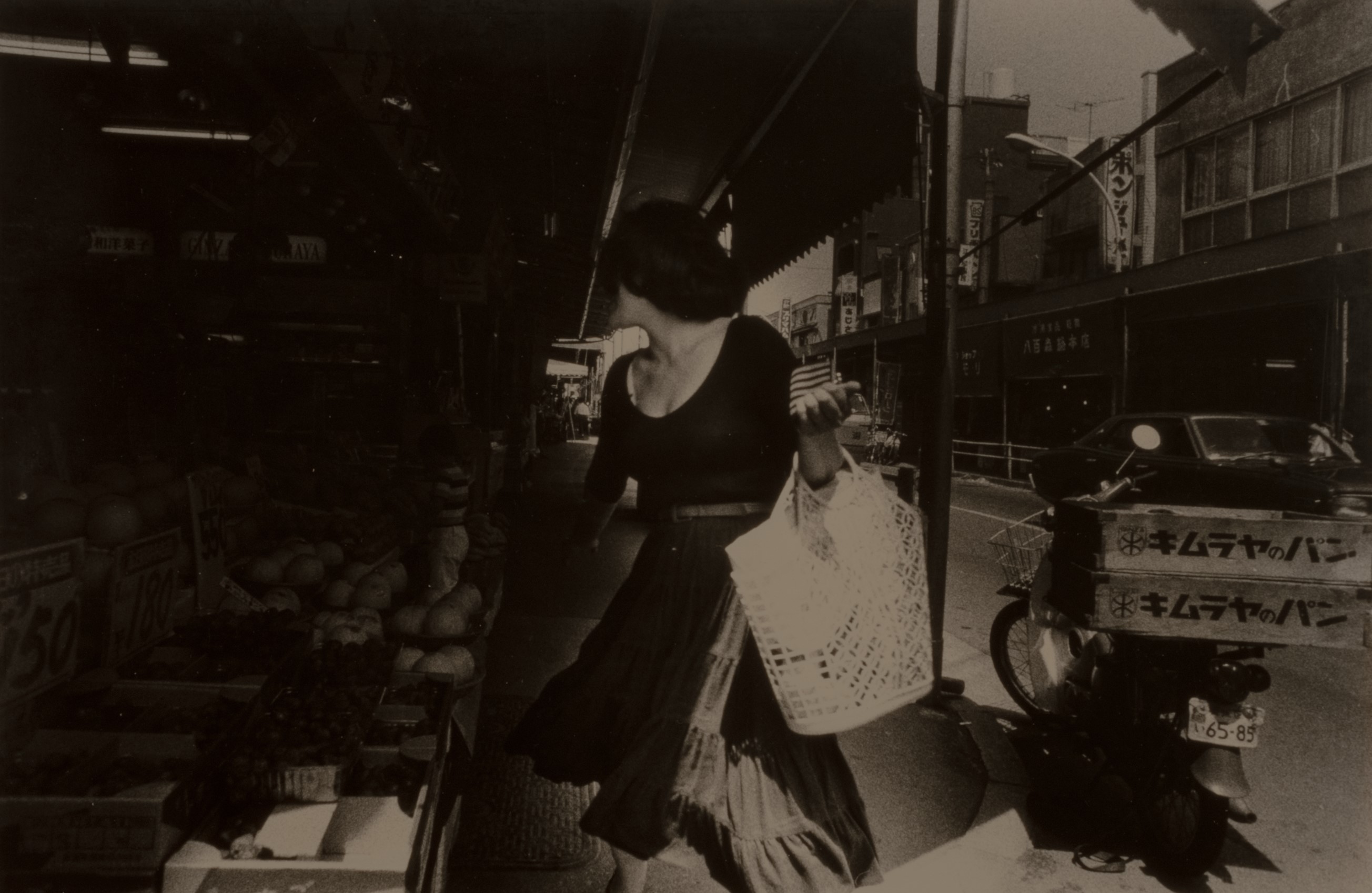
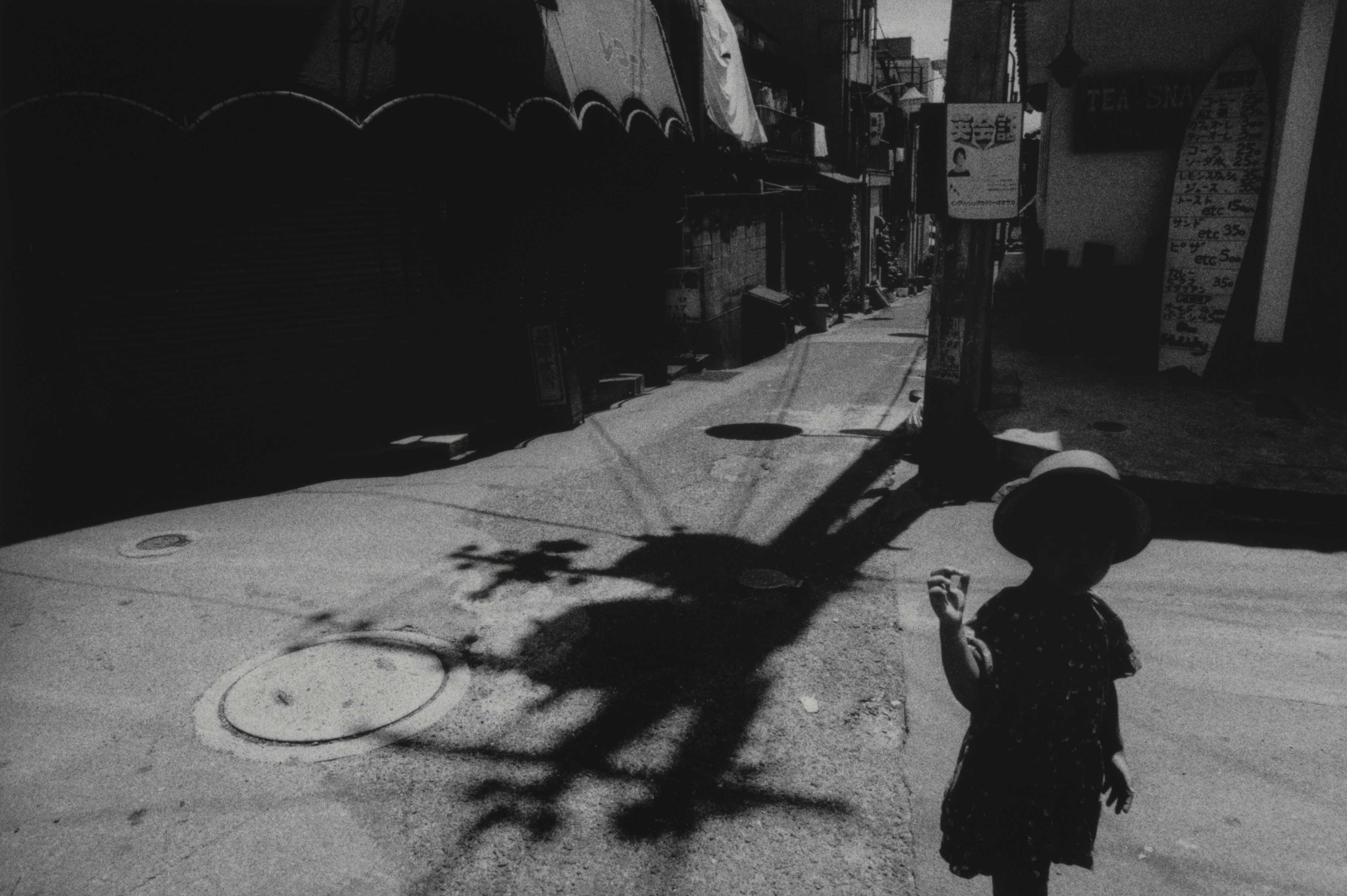
My Journey (Ryojin) (2018)
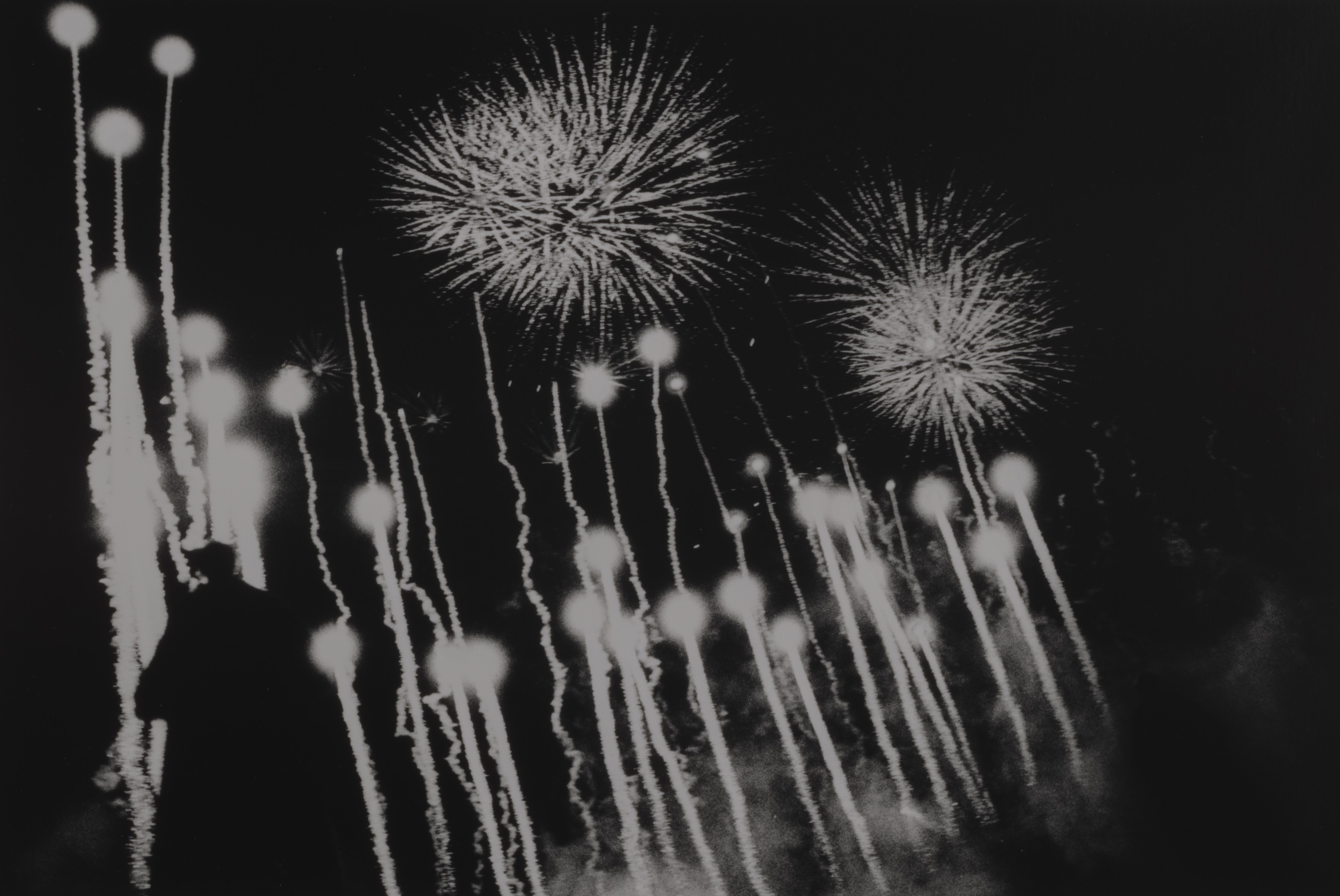
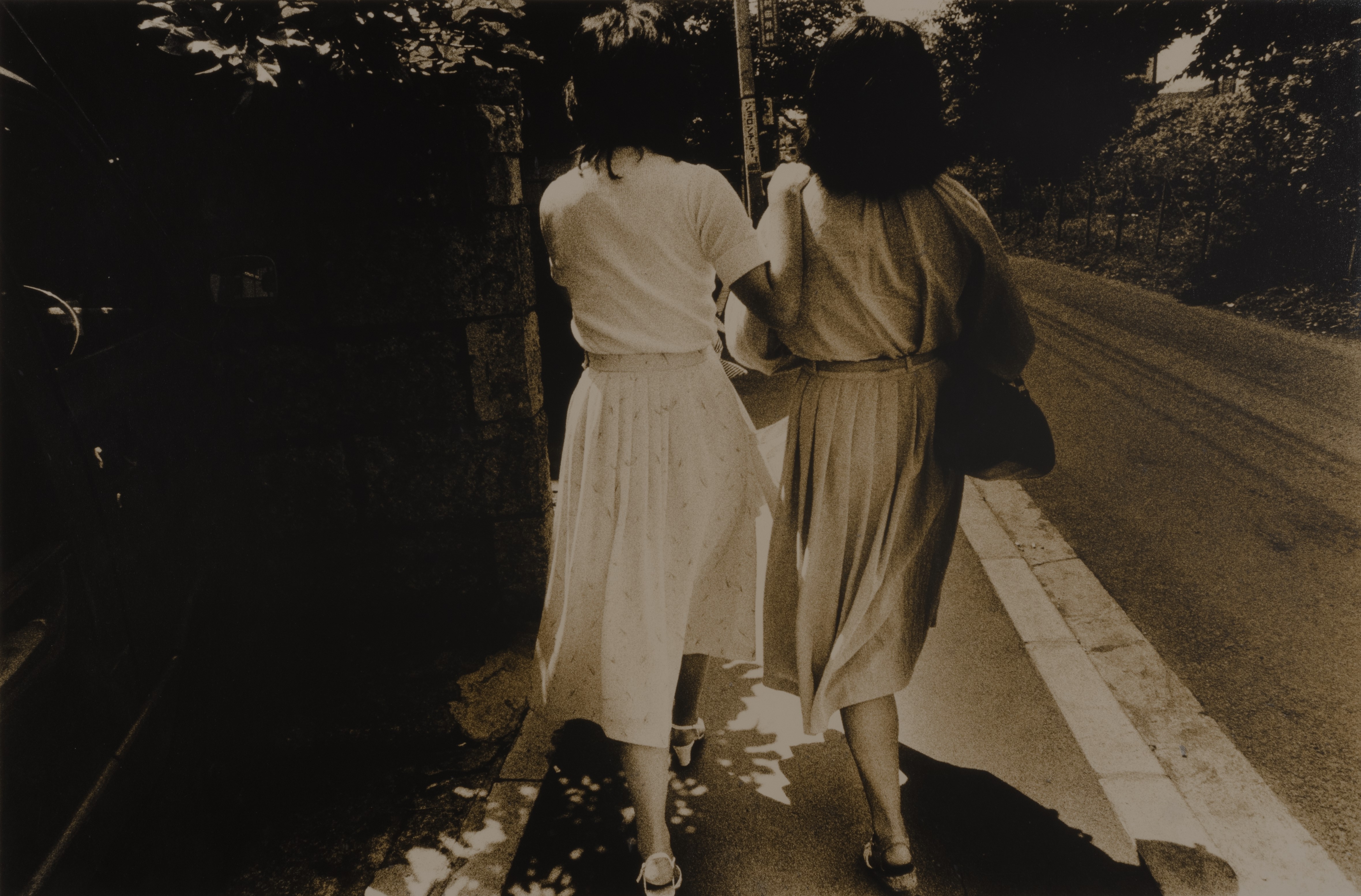
My Journey II. (1968 - 1989) (2020), My Journey III (1993 - 2022) (2022)
You worked part-time for a short period with Kōji Taki during the early stages of your career, between 1969 and 1970, and regularly assisted in the darkroom shared by influential Provoke members Daido Moriyama and Takuma Nakahira. While your involvement is sometimes discussed in the context of the Provoke movement, I strongly sense the pursuit of your projects through your works and in our interview at this time.
I've simply continued taking photographs on my own for a long time without getting involved in the photography industry per se. Egotism, or similar traits, are endless, and when they creep in, they manifest even in photography. I've avoided all that because I don't want to feel any of it, so I've been doing it on my own. It's still the same today. As I see it, humans are creatures that don't change easily.
Many visitors attended your exhibition’s opening reception. How was the audience for you in New York? Did you have direct conversations with them, and were there any words or reactions that left an impression?
When asked about my worldview, I found myself thinking, "worldview, huh?"
It was quite intriguing to be exposed to various perspectives, and I enjoyed seeing everyone's reactions. I couldn't help but feel that maybe in America if you don't explain things in words, they won't get across. That aspect felt very appealing to me. I've wanted to go to New York since the 1970s, but over time, it became a place that seemed less accessible, as my desire grew stronger. I feel truly fortunate and moved to have the opportunity to share my work with everyone in New York, thanks to meeting Alison and the connections made. Yesterday, I saw the city of New York from the Empire State Building.
I know, I heard from your friend Kazuhiro Yamaji of Flying Books [bookstore in Tokyo] about that this morning. I asked him if the rooftop of the Empire State Building gives the impression of strong winds. Kazuhiro said, “She was taking photos and calmly changing films on the windy rooftop.”
You took a lot of pictures on this trip, and I'd be happy to have the opportunity to see them soon.
I'm planning to develop them as soon as I get back [home in Japan].
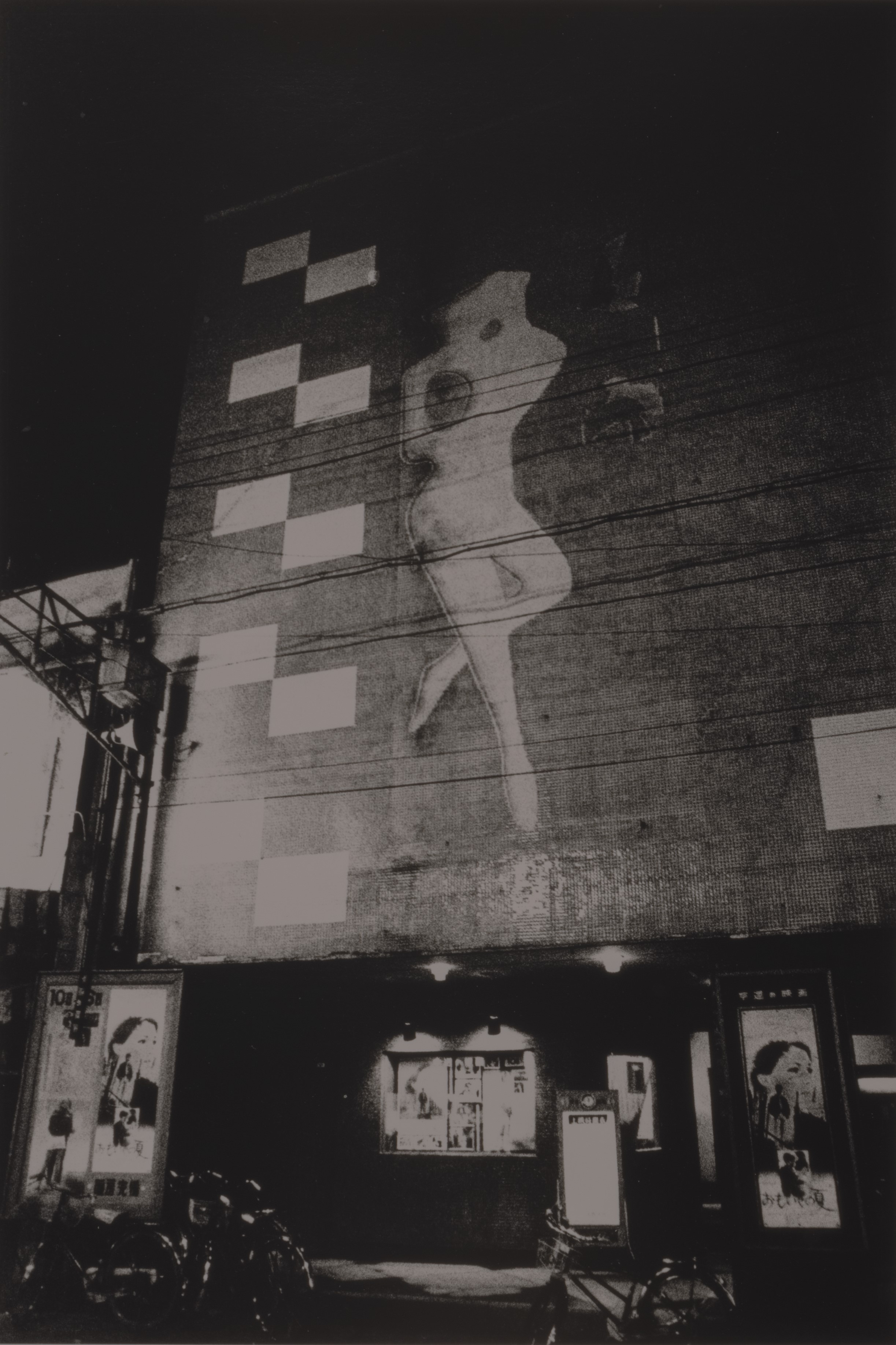

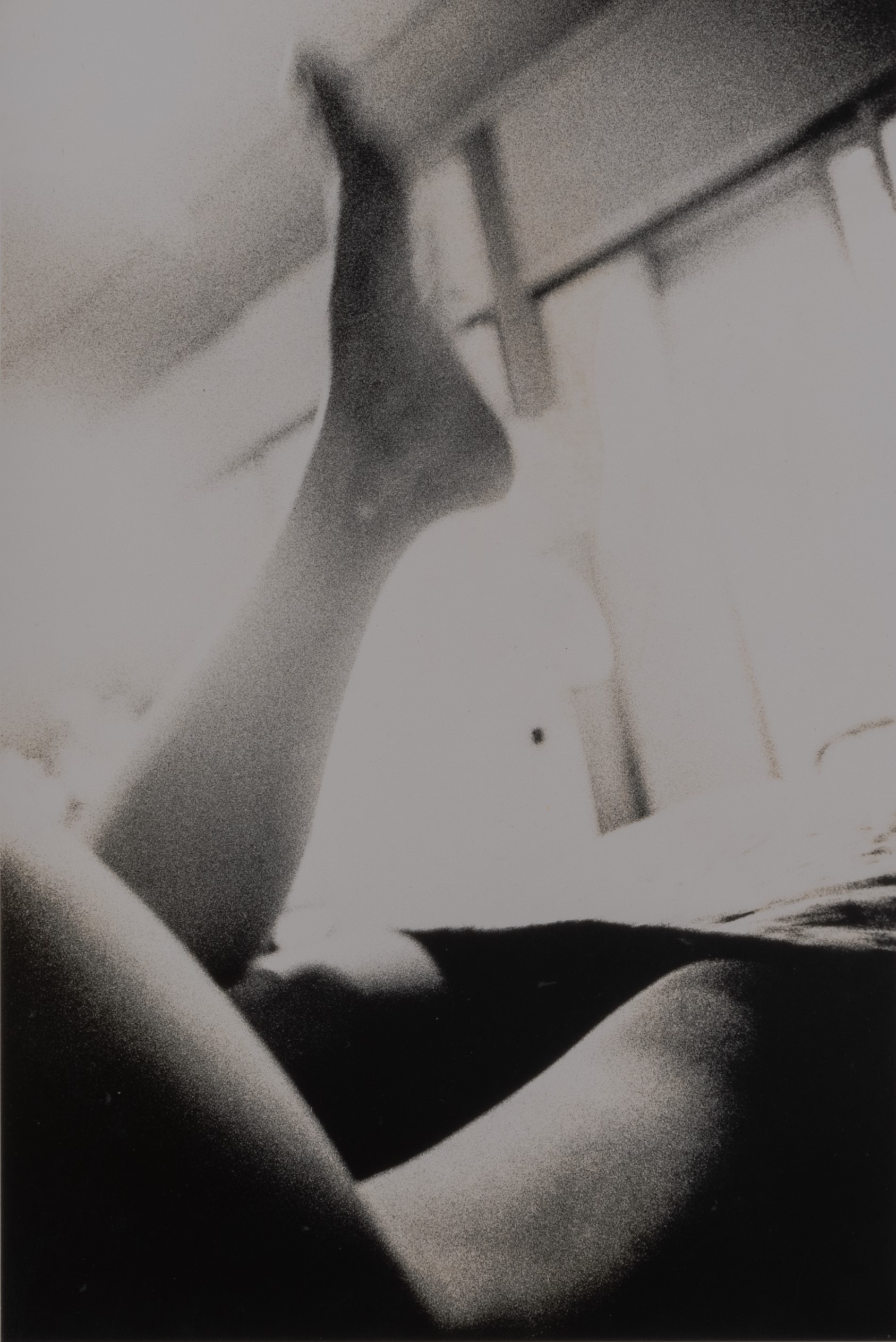


Could I ask what you always bring with you when you travel, as a final question?
I'm from Tokyo, but when I was around 20 years old, I loved traveling to the northern regions like Aomori and Hokkaido. I always brought a paperback of Dazai Osamu's Tsugaru with me. At that time, I used to travel by overnight train, departing from Ueno Station at night and arriving in Aomori by morning.
There are songs in Japan with lyrics like that, right?
Yes, you're right. The songs were written long after my travels, but it felt like that back then. I remember reading that book on the sleeper train to Aomori. After finishing it, I'd leave the paperback at the ryokan wherever I went. But I always wanted to bring the same book on the next trip, so I ended up buying five or six copies of Tsugaru in paperback.
What did you like about Dazai Osamu's Tsugaru?
Dazai Osamu was an author who passed away the year I was born, but in Tsugaru, I felt he depicted the Aomori I knew. For instance, about Cape Tappi, there's a line in Tsugaru that goes, "I thought I was sticking my head into a chicken coop, but it turned out to be Cape Tappi."
When I first visited Cape Tappi, I had exactly that sensation of sticking my head into a chicken coop. There were still such familiar sensations there. Japan changed a lot in the 1970s and 1980s, becoming modernized. Before the 1970s, throughout Japan, there was still a connection [culturally] to the eras of Edo, Meiji, Taisho, and Showa.
Everything started changing in Japan, and wherever you went, you'd see the same landscapes and sceneries once you got off the train station. This prompted me to start traveling abroad.
I lived in Mitaka, Tokyo, for eight years. I commuted daily from the station to my home via Tamagawa Josui. Dazai Osamu also lived in Mitaka, didn't he? There was a Dazai Osamu study group in Mitaka, and I participated in the group as well.
When you look at someone's bookshelf, you can somehow understand their personality, I think. And hearing this story made me feel like I got to know you a little better. Did you release a new book in 2022?
Yes, I have been taking photographs for about 50 years, and I have compiled them into a work of art [My Journey III. 1993-2022, published by Zen Foto Gallery, 2022.] I have many unpublished photographs, most of which were taken in the 1970s, and I plan to publish them this year.
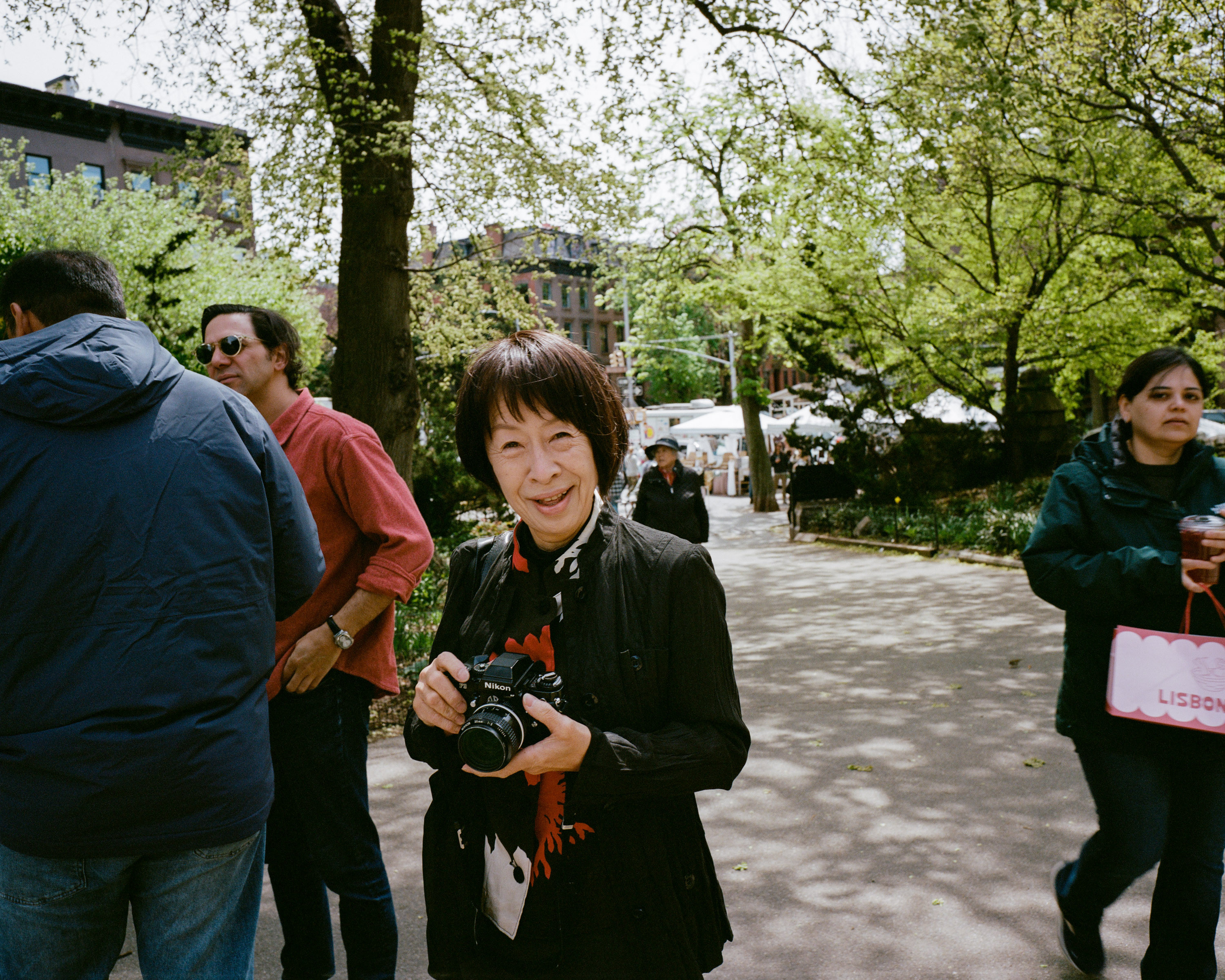
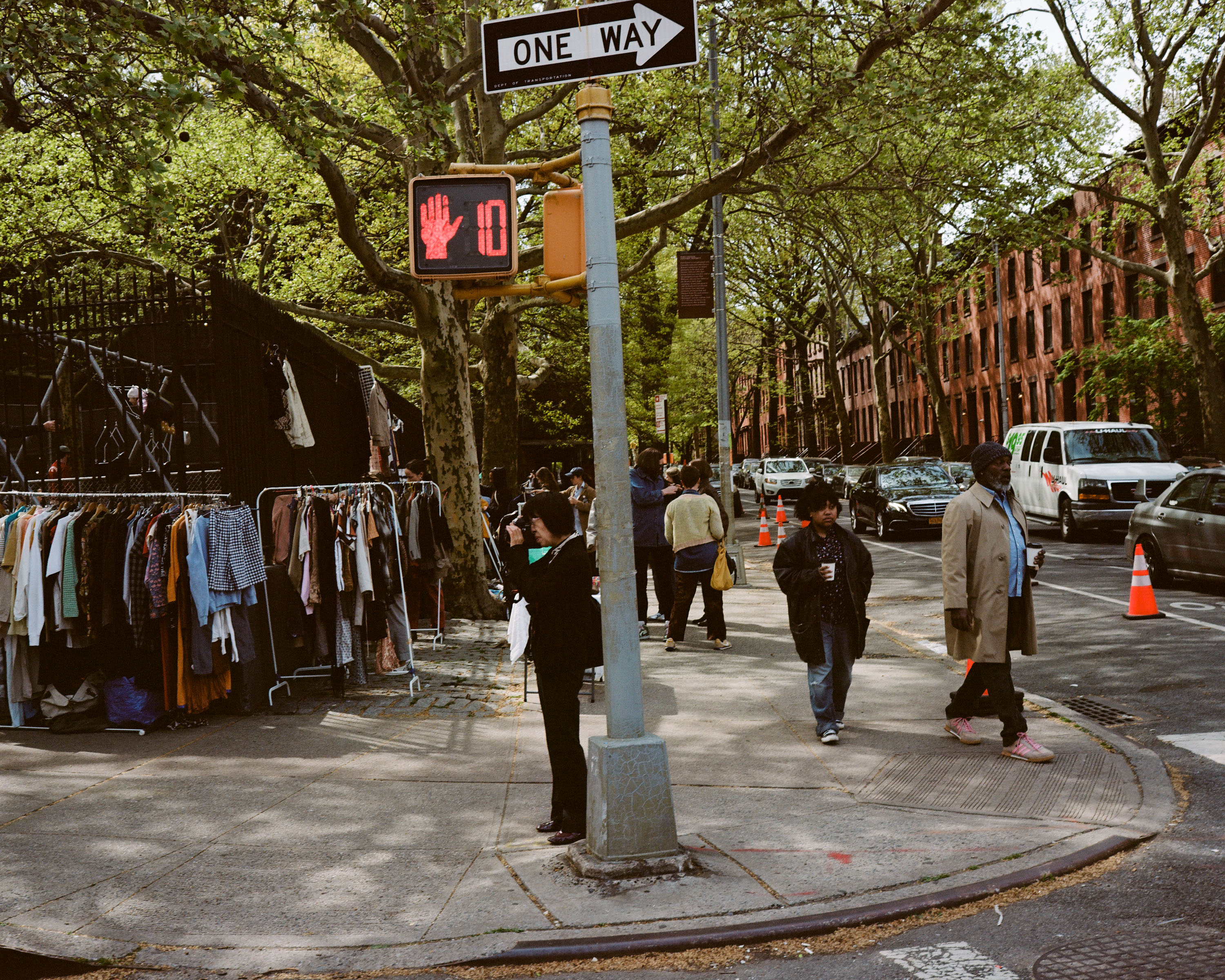
Journeys is on view at Alison Bradley Projects, 526 W 26th St #814, New York, NY 10001, through June 29, 2024.

